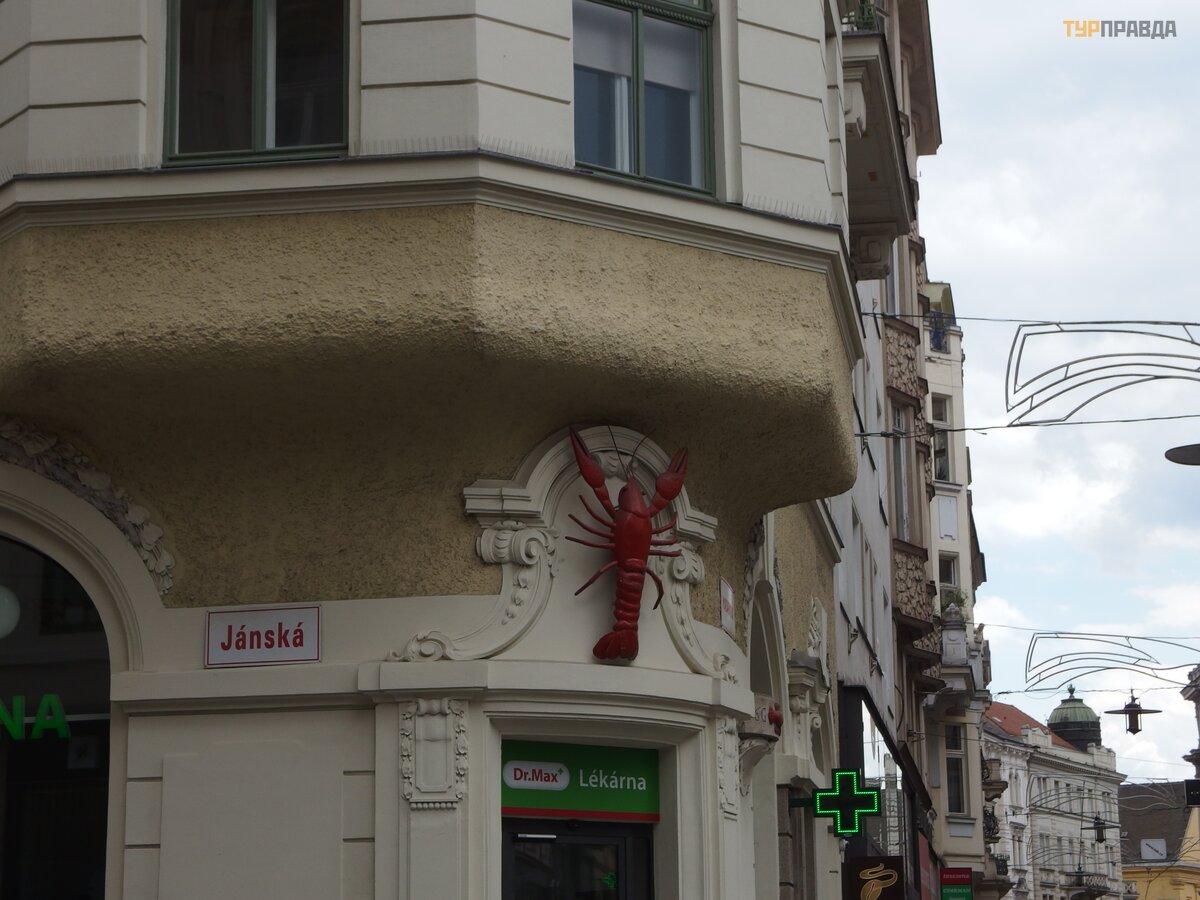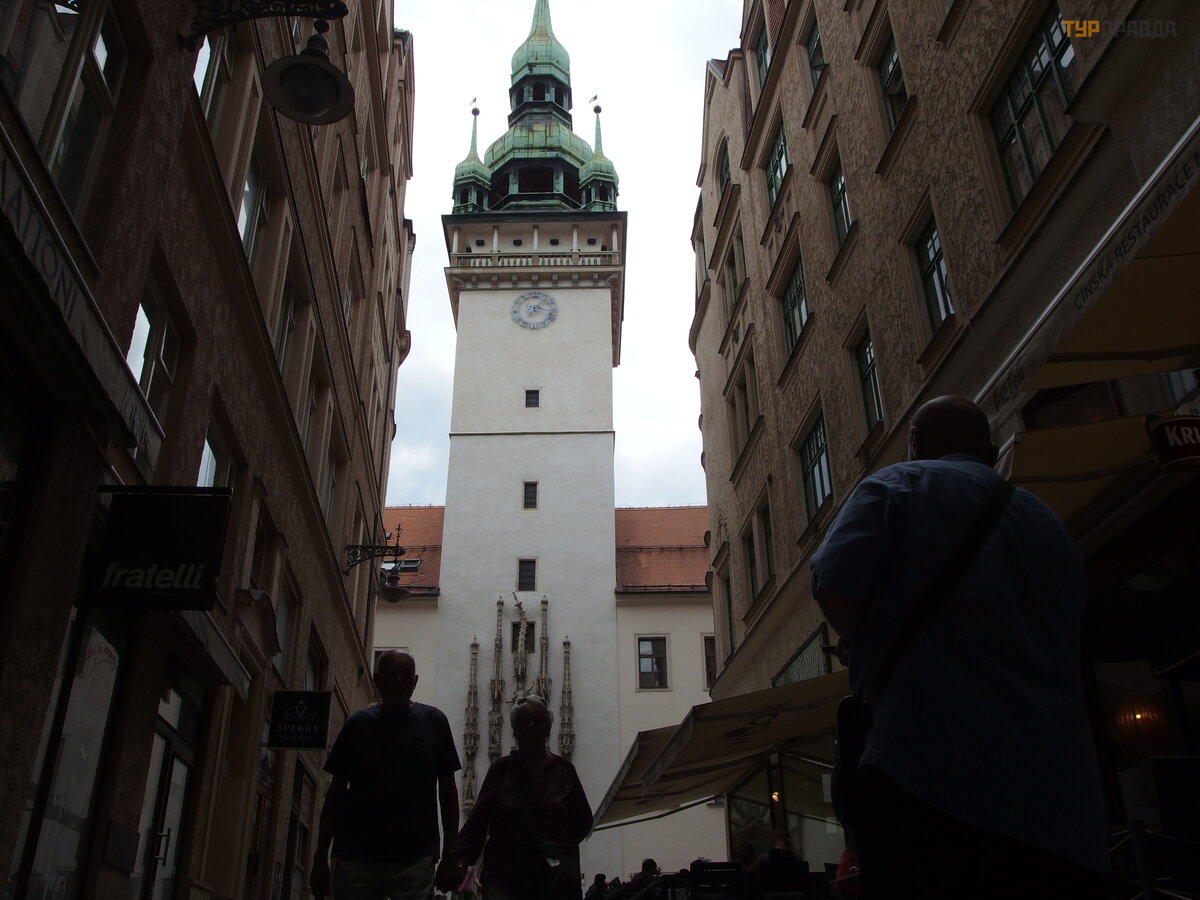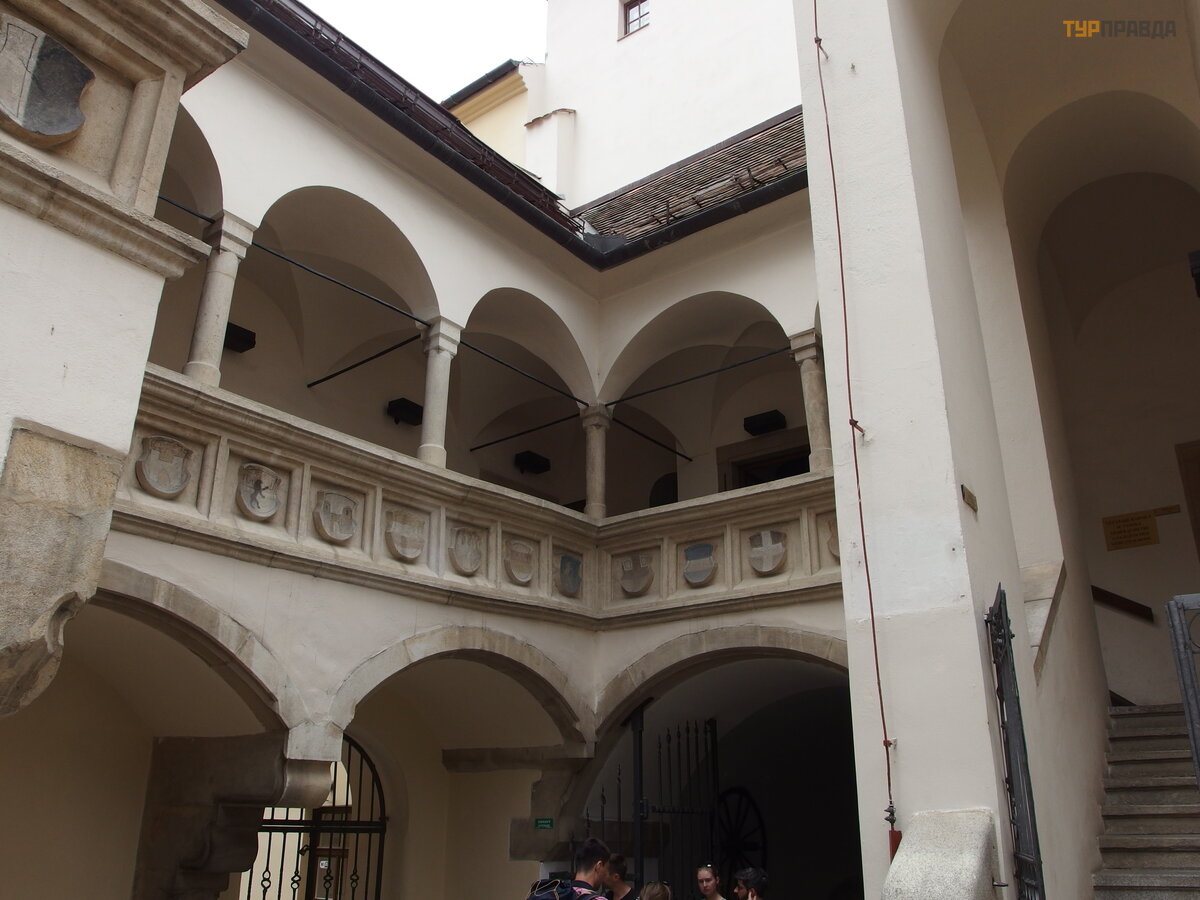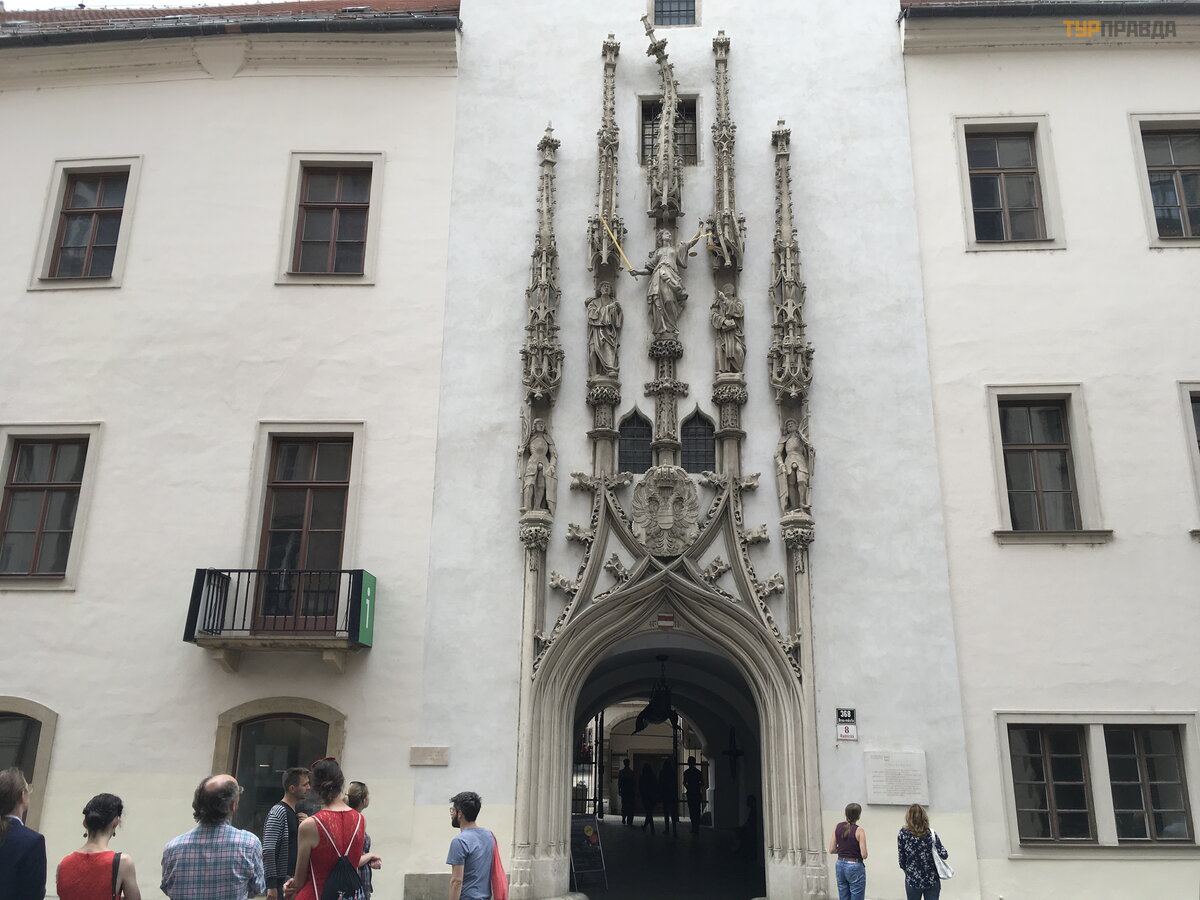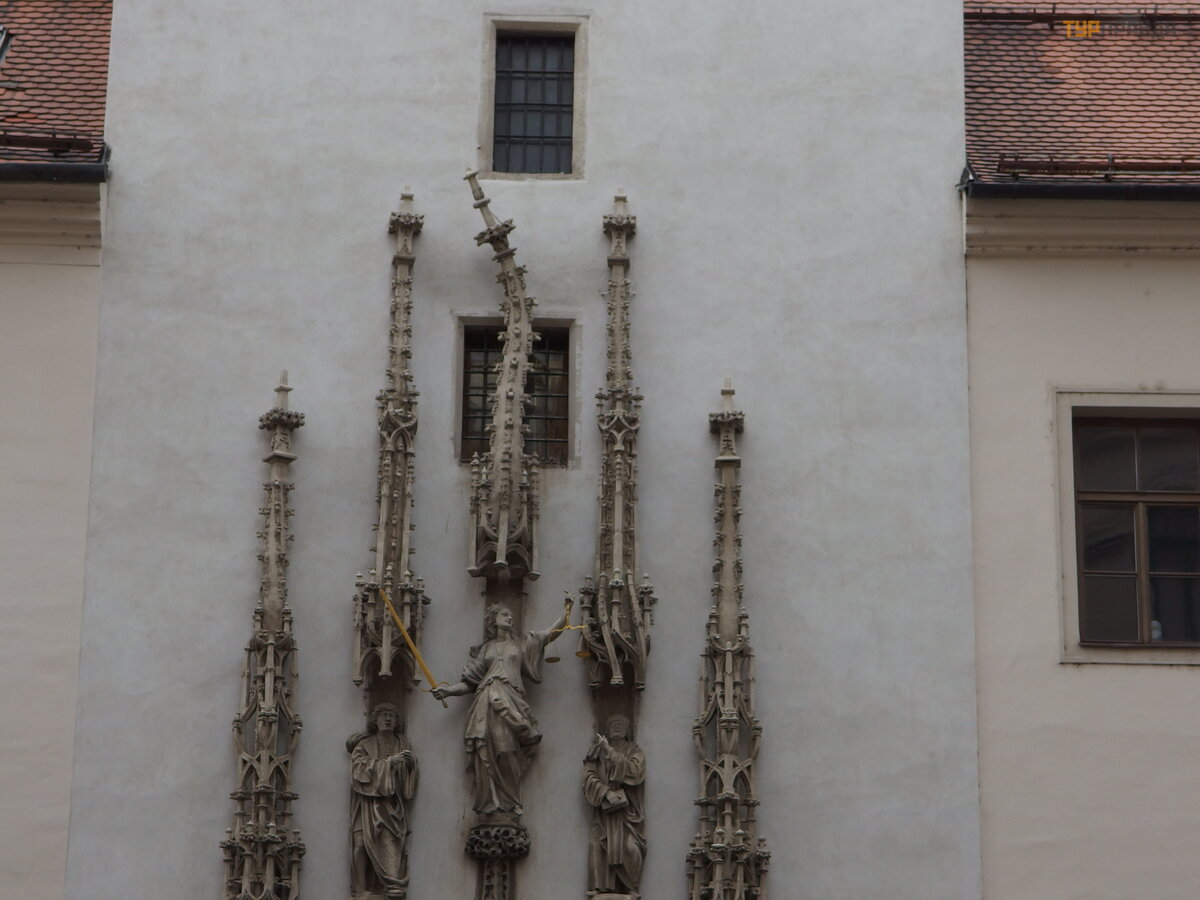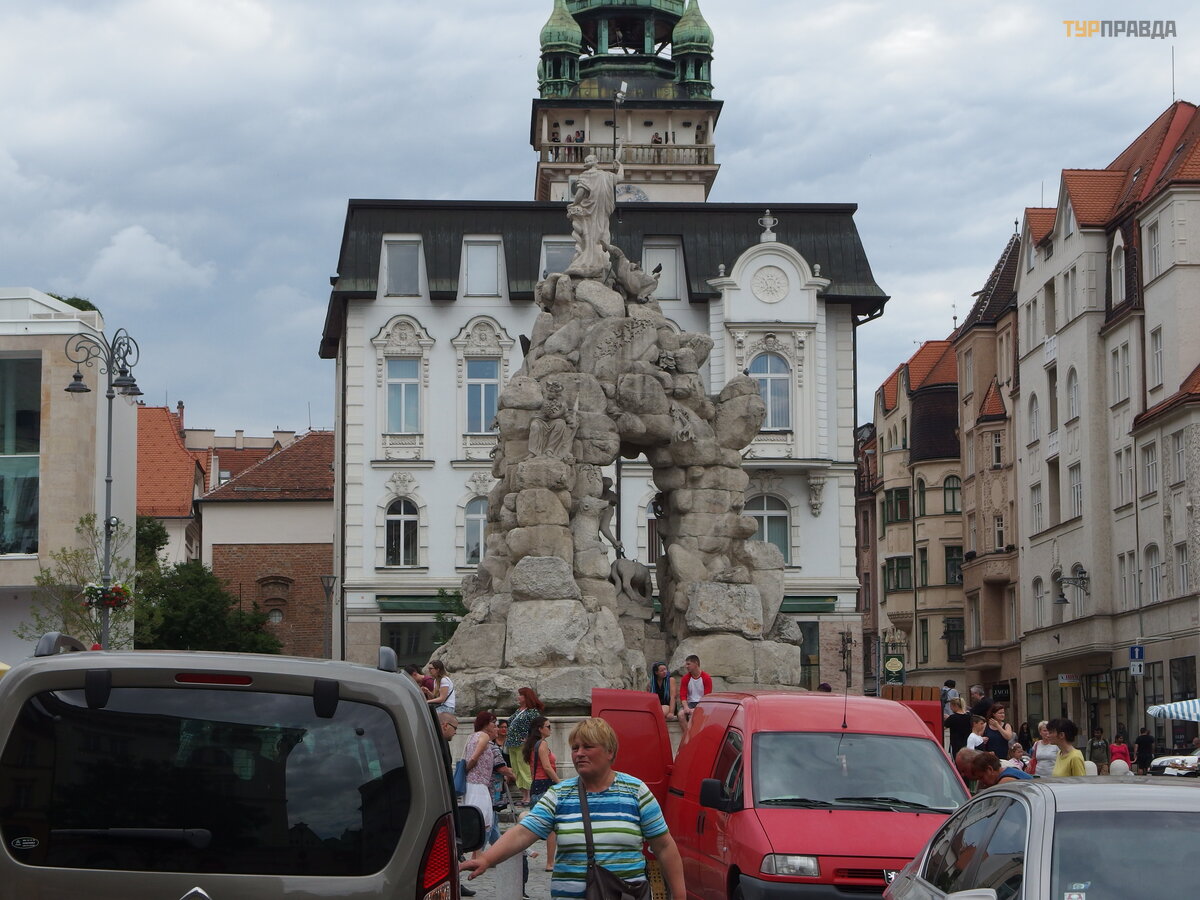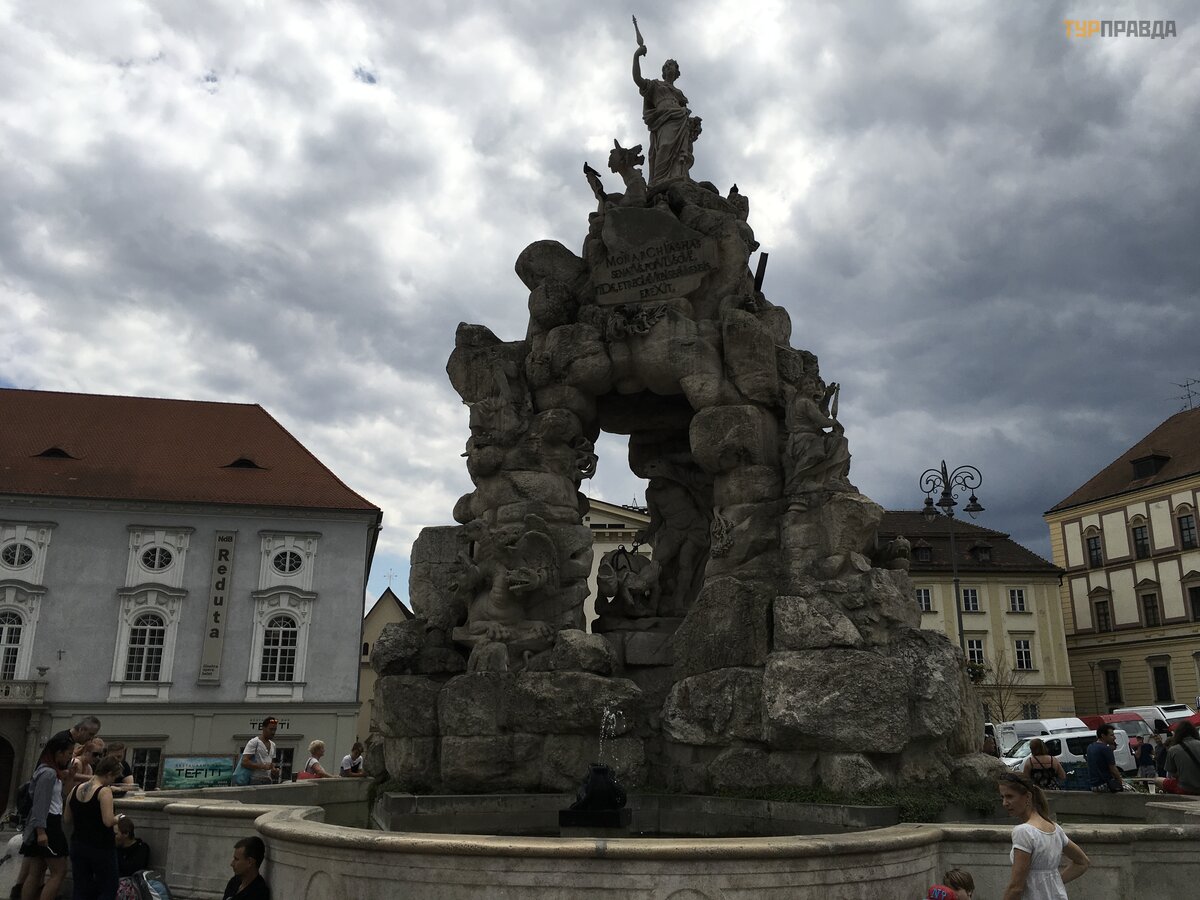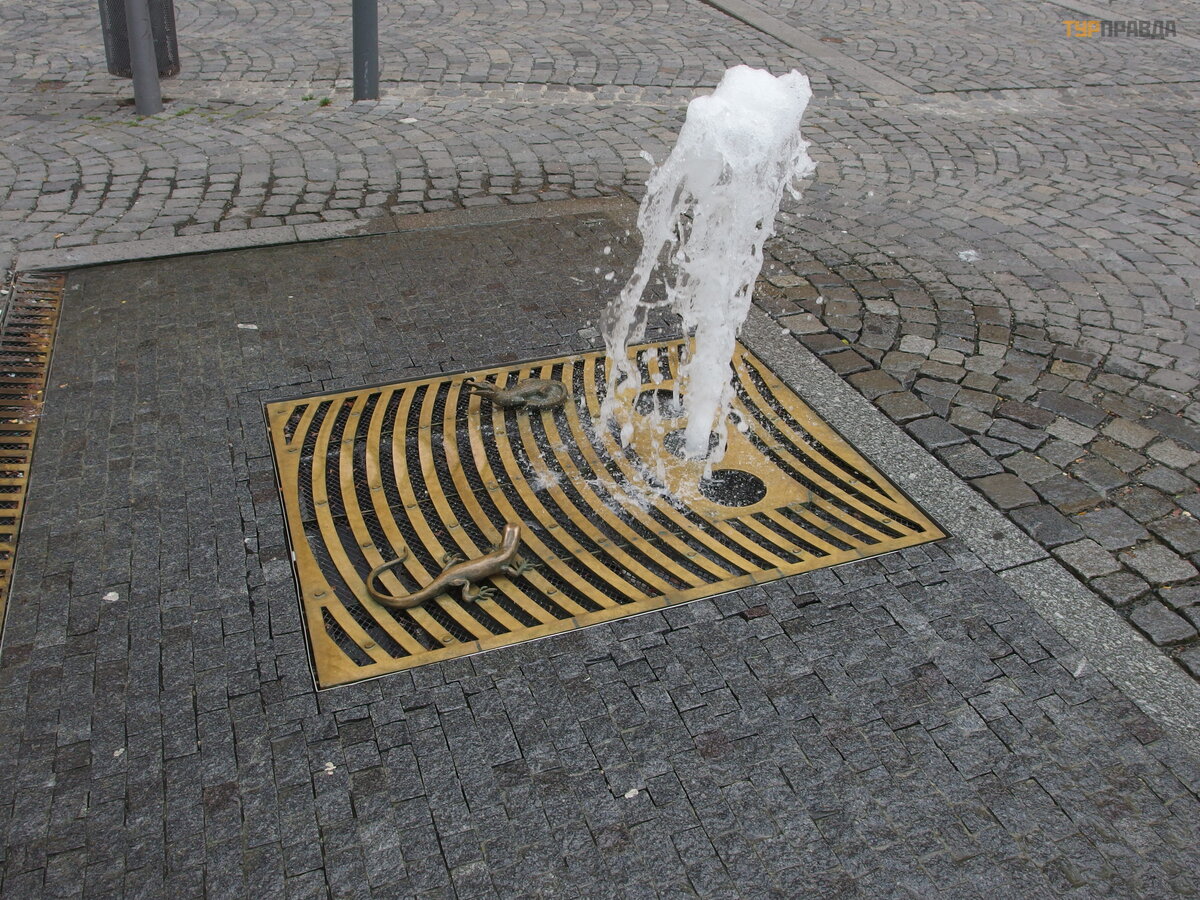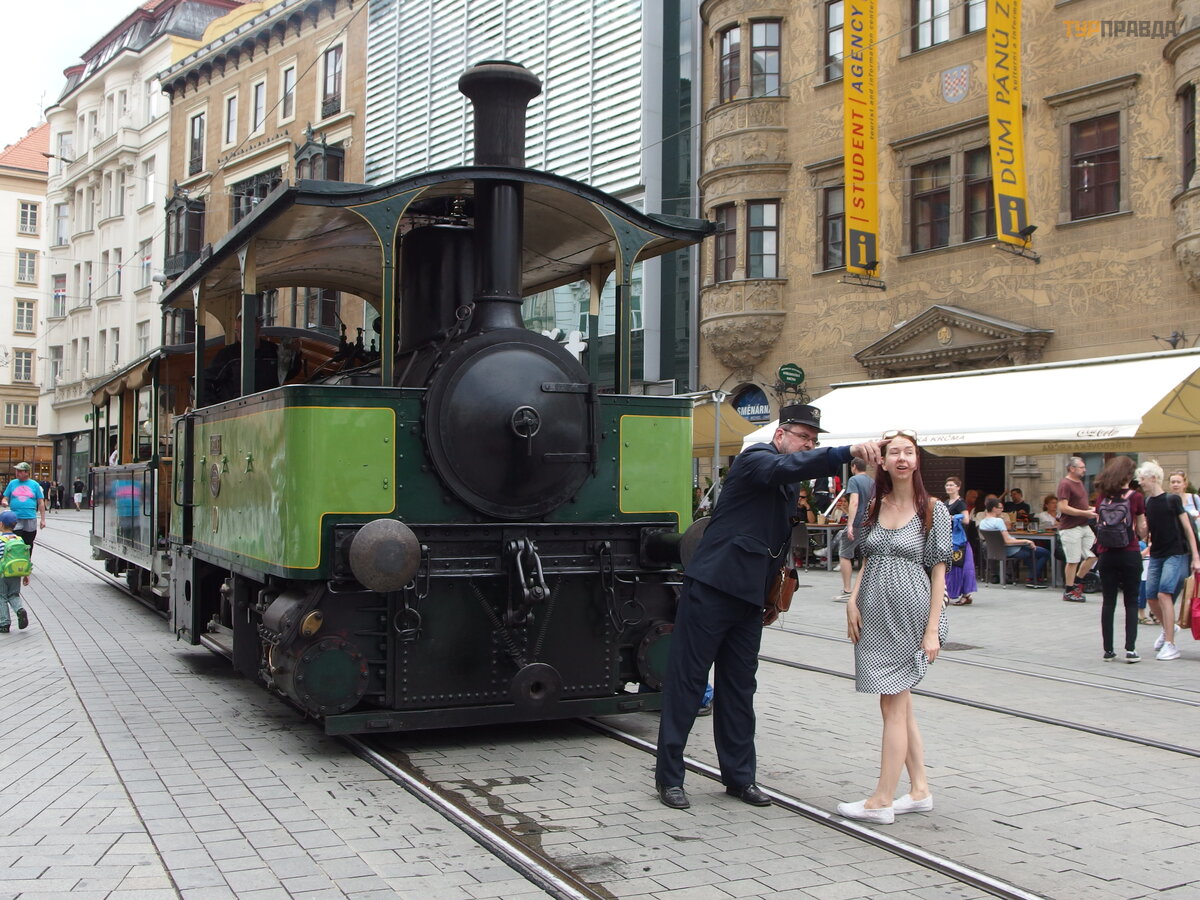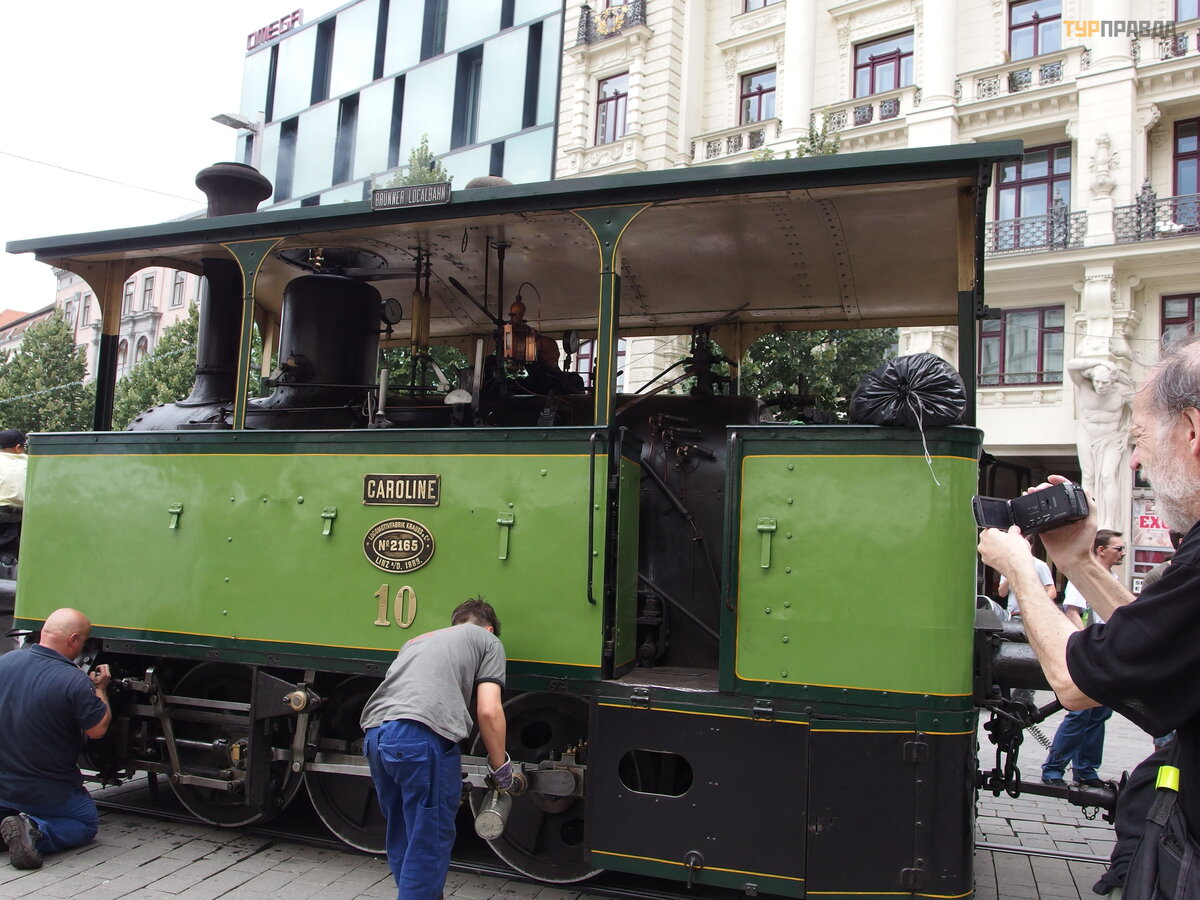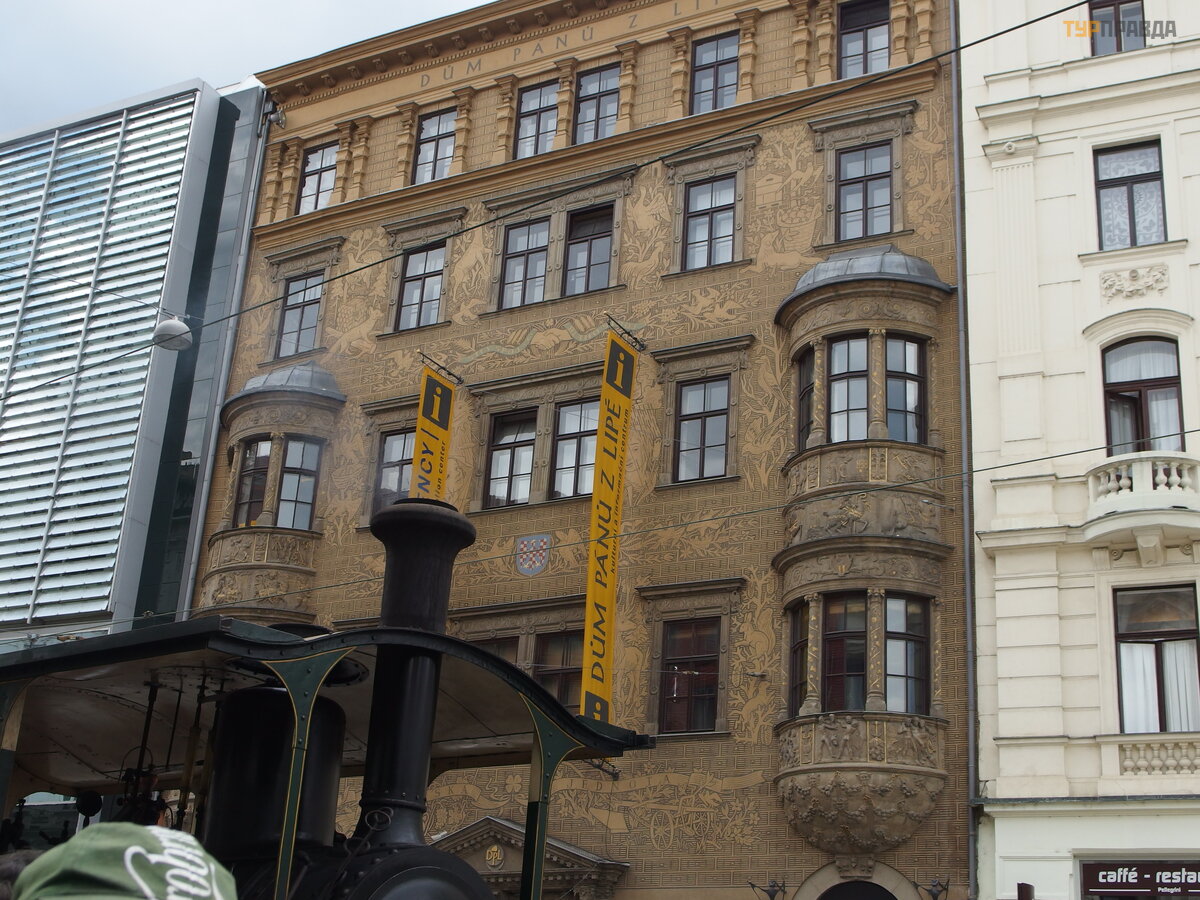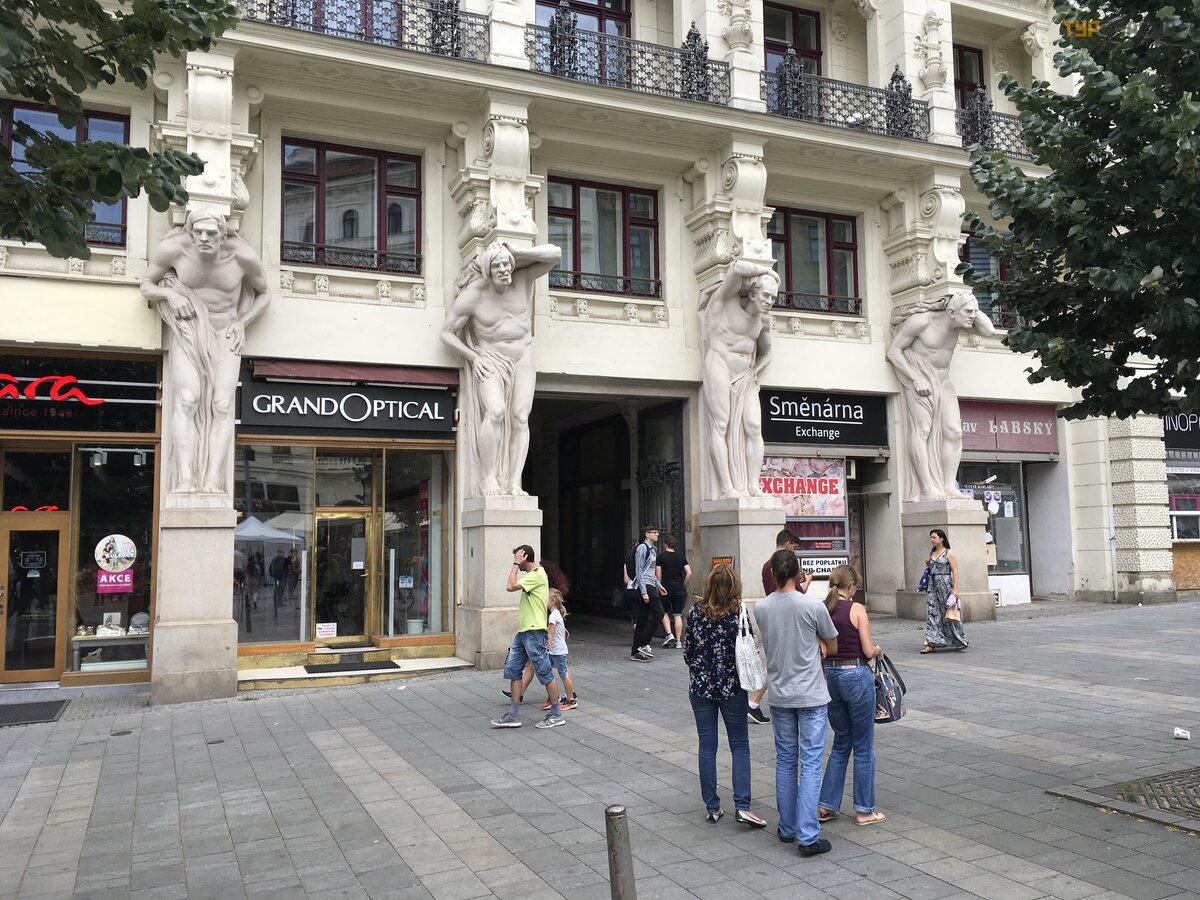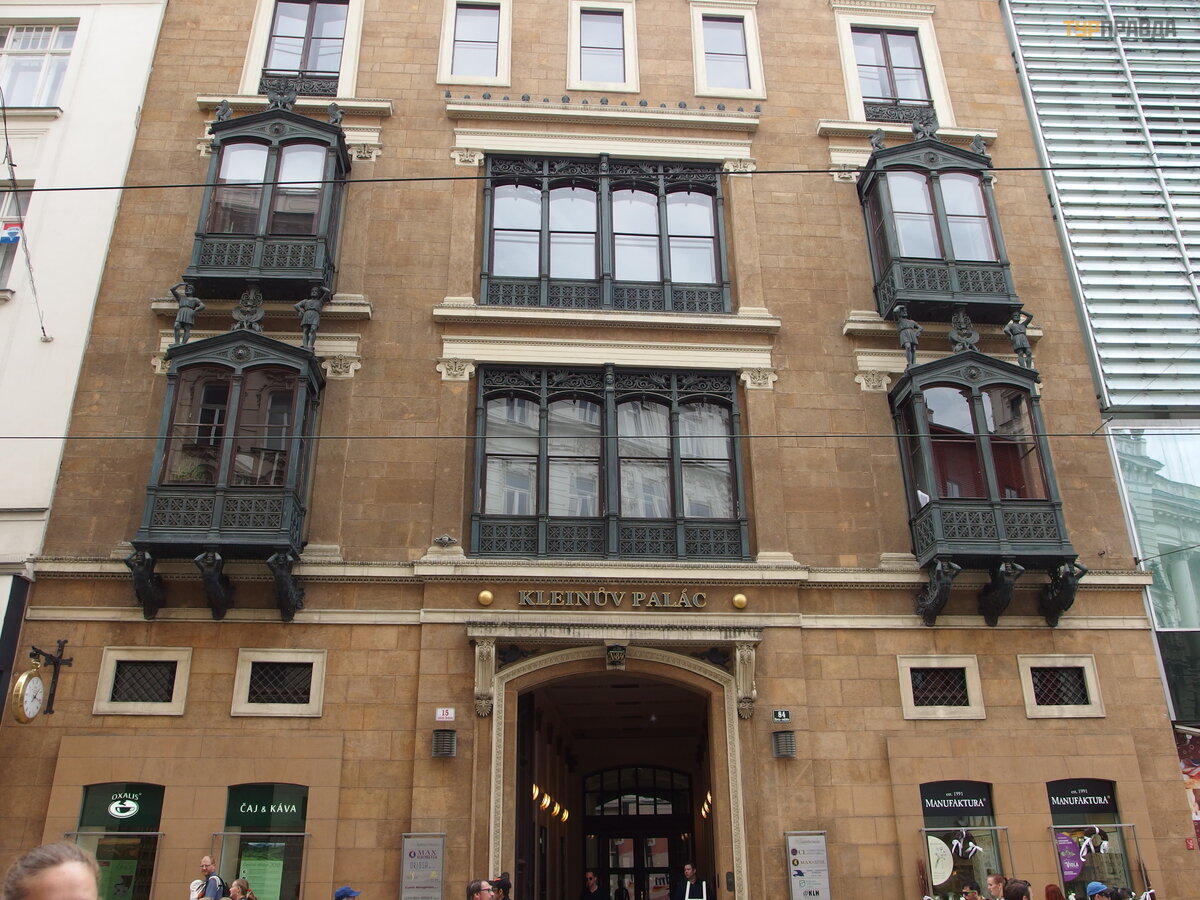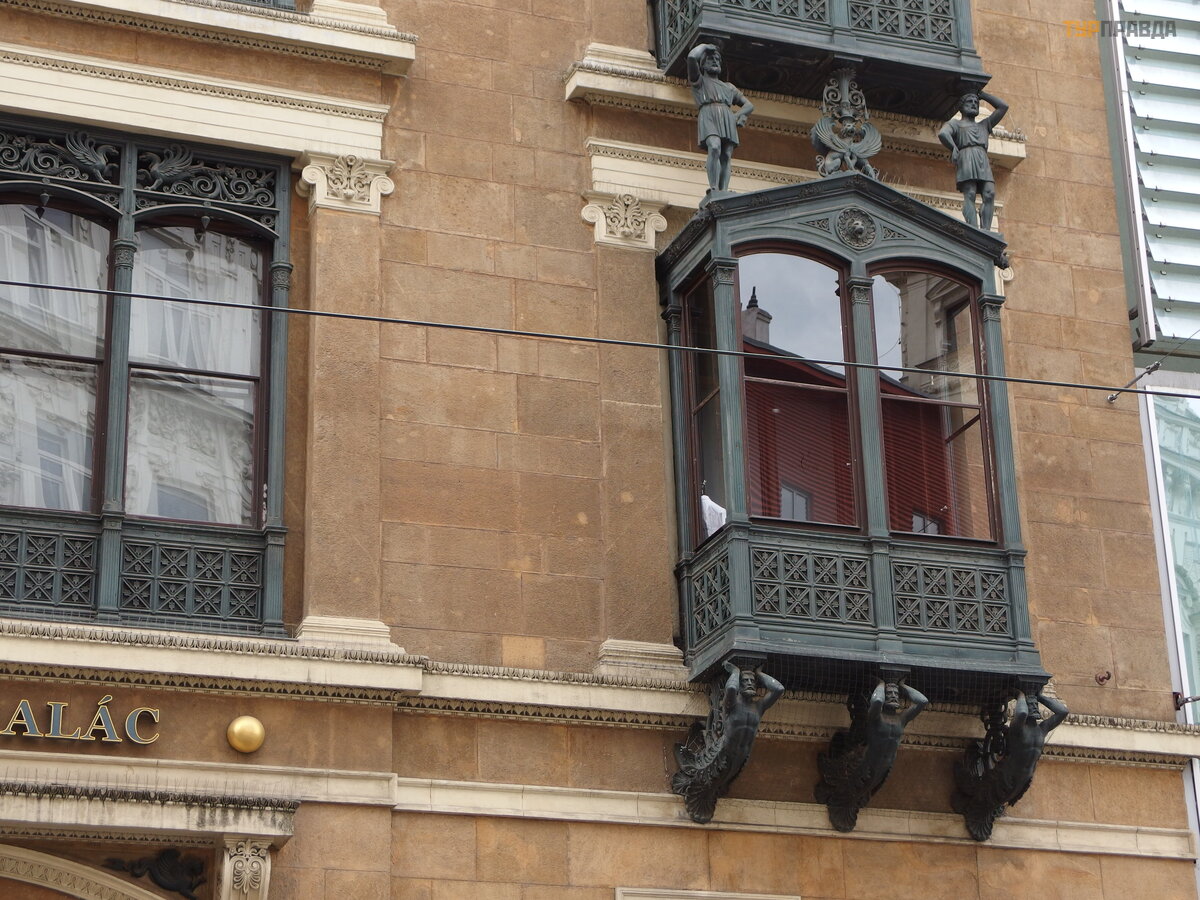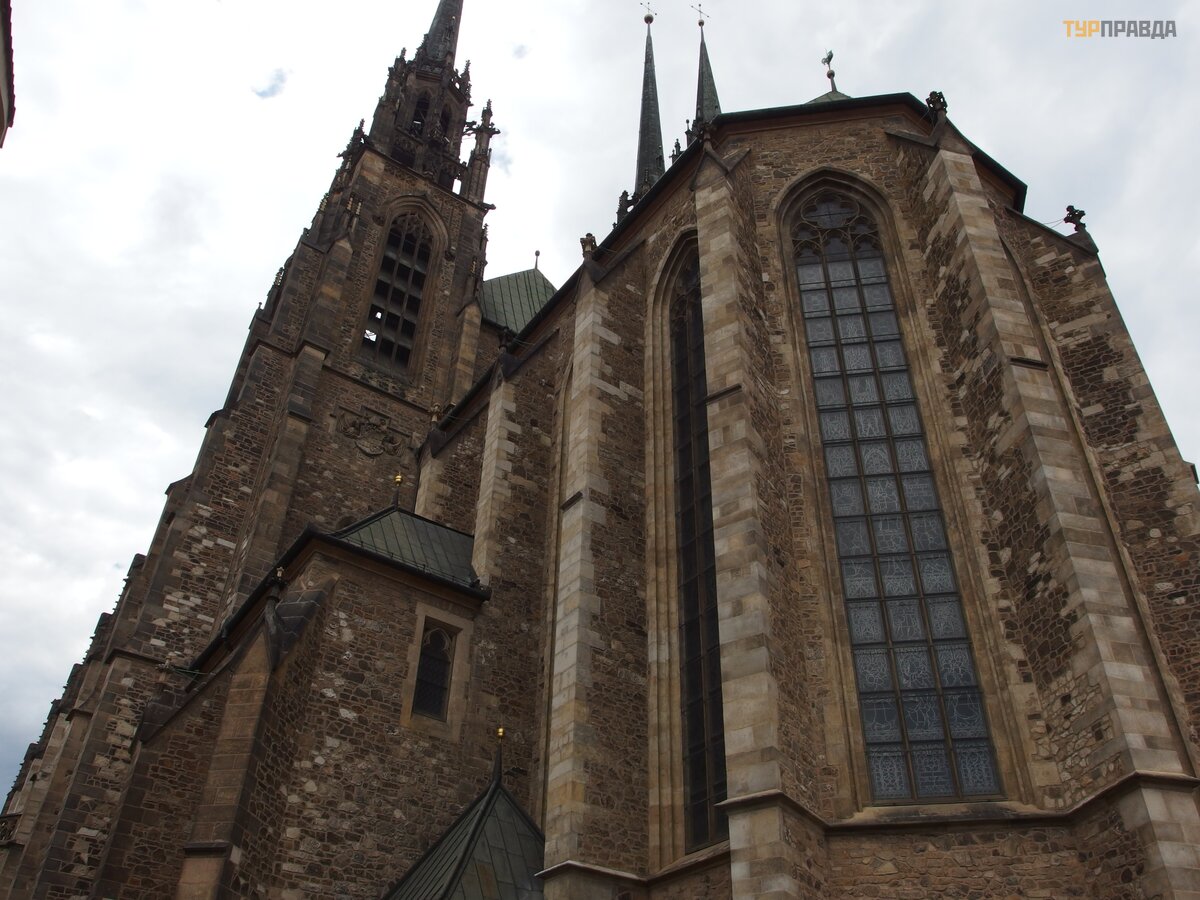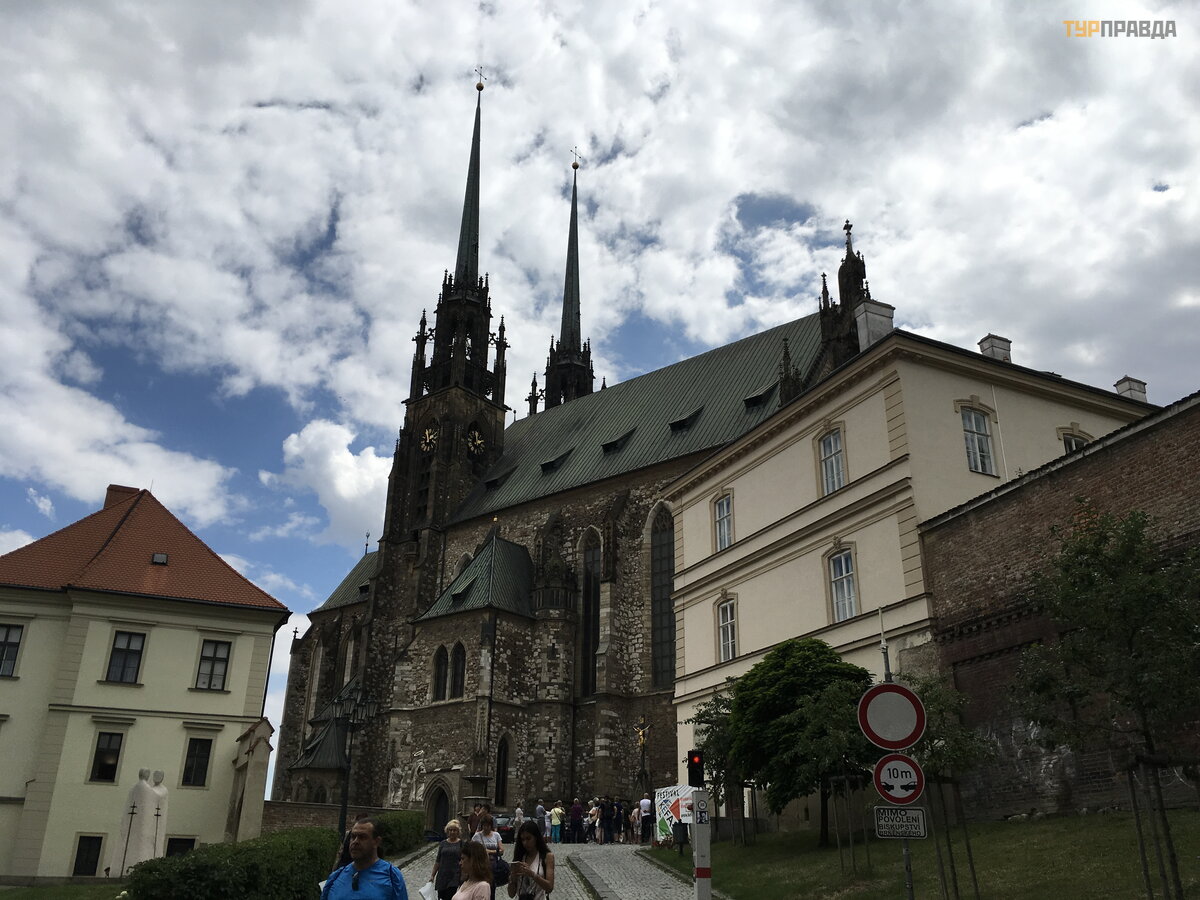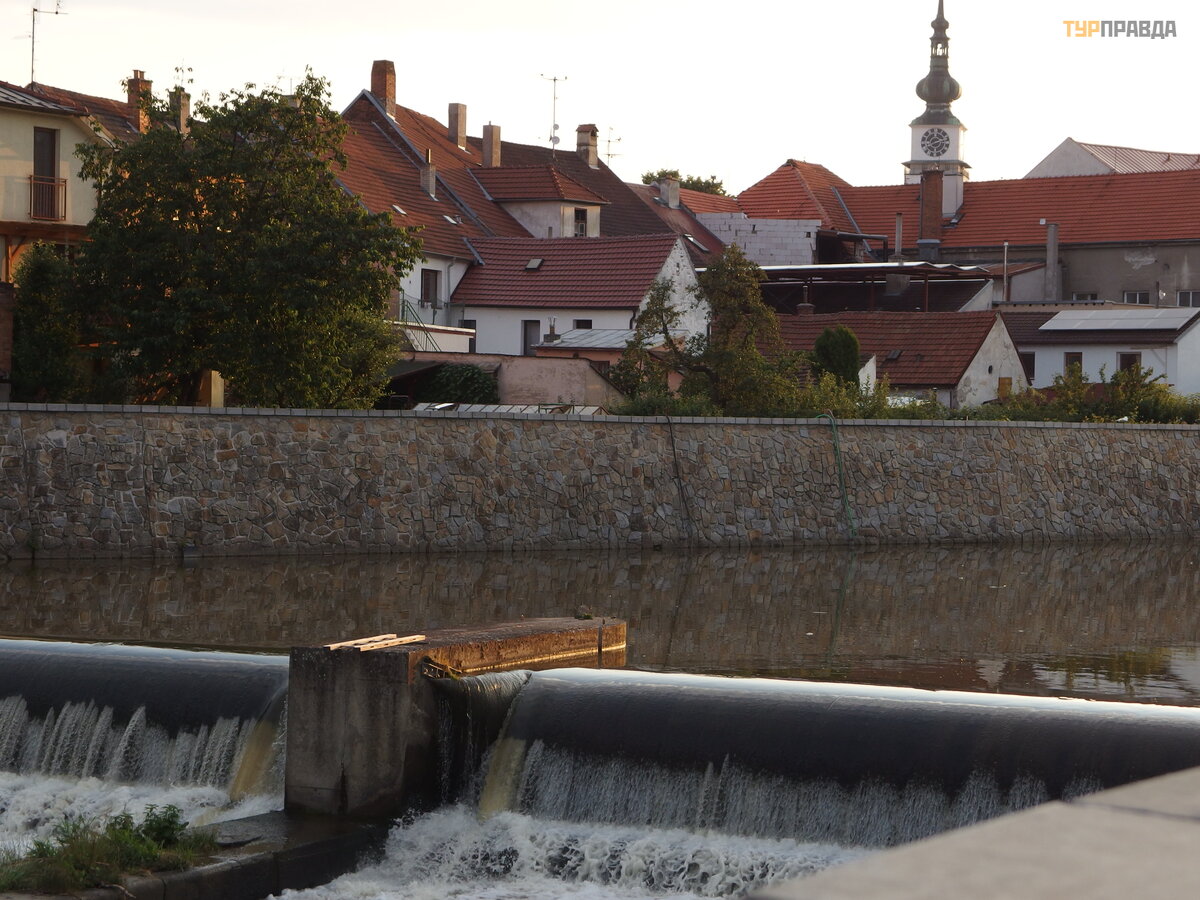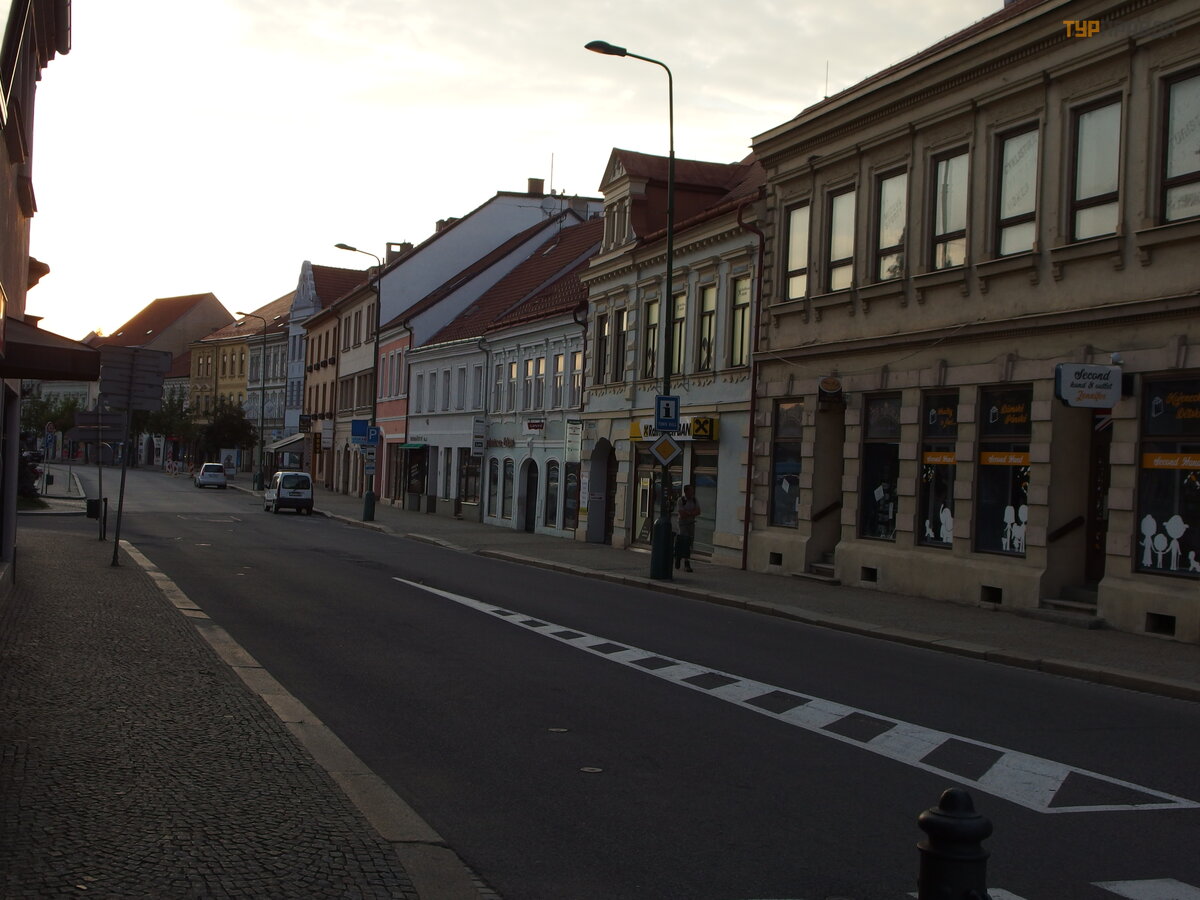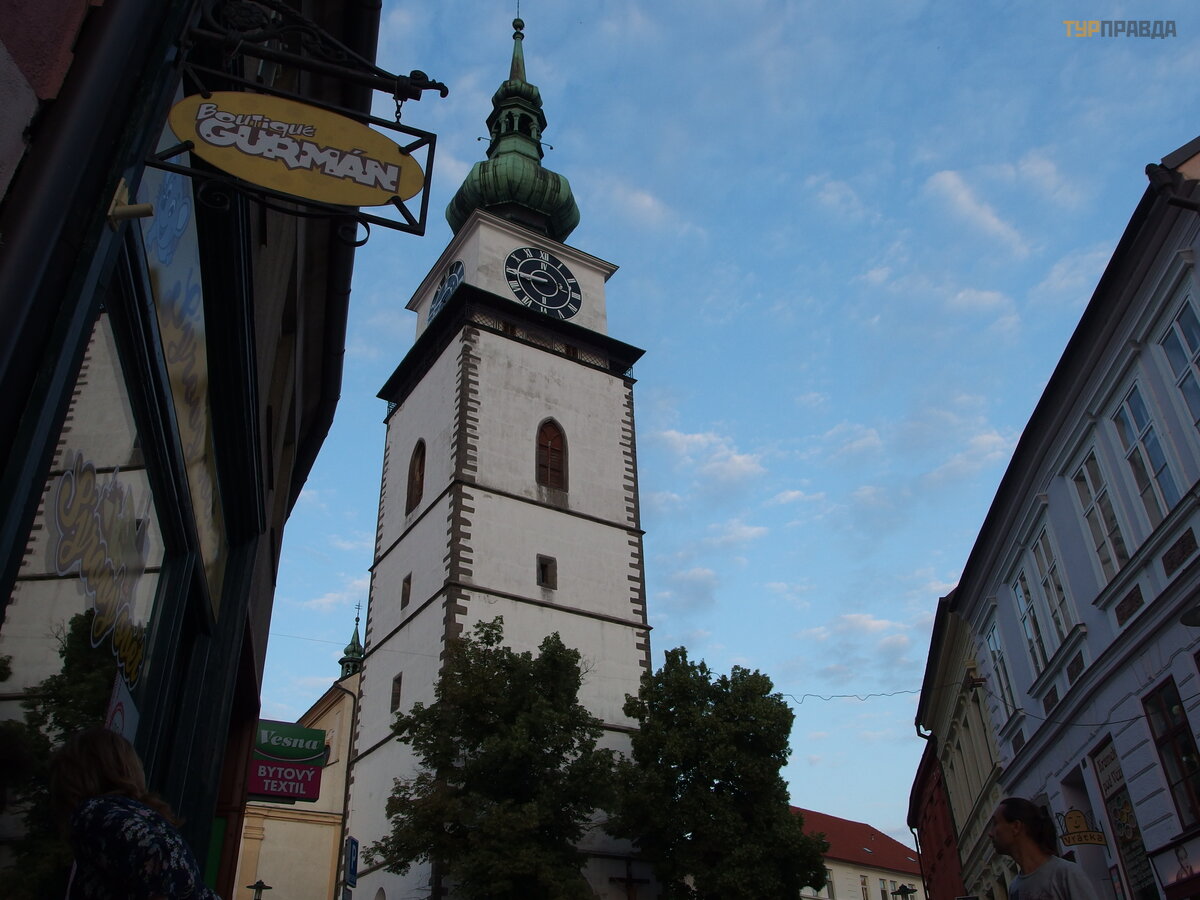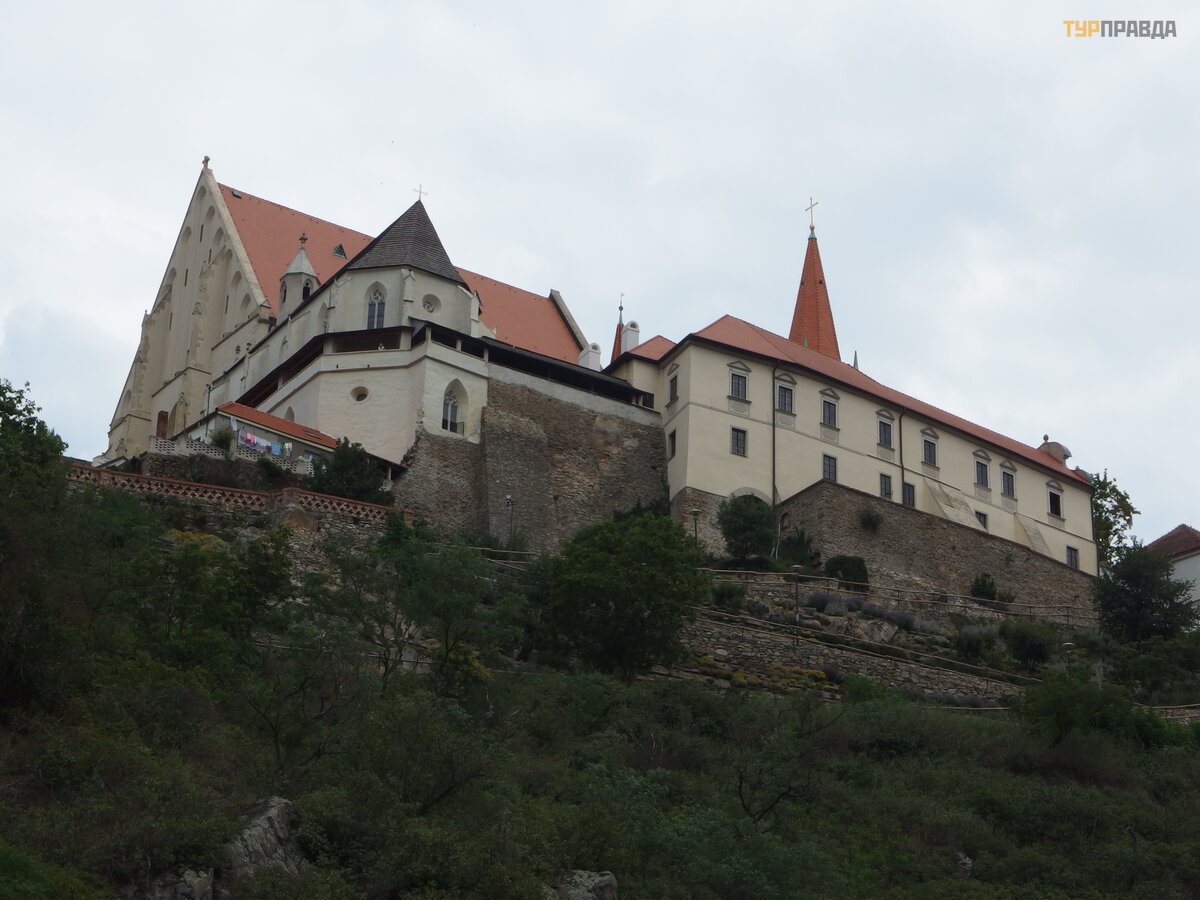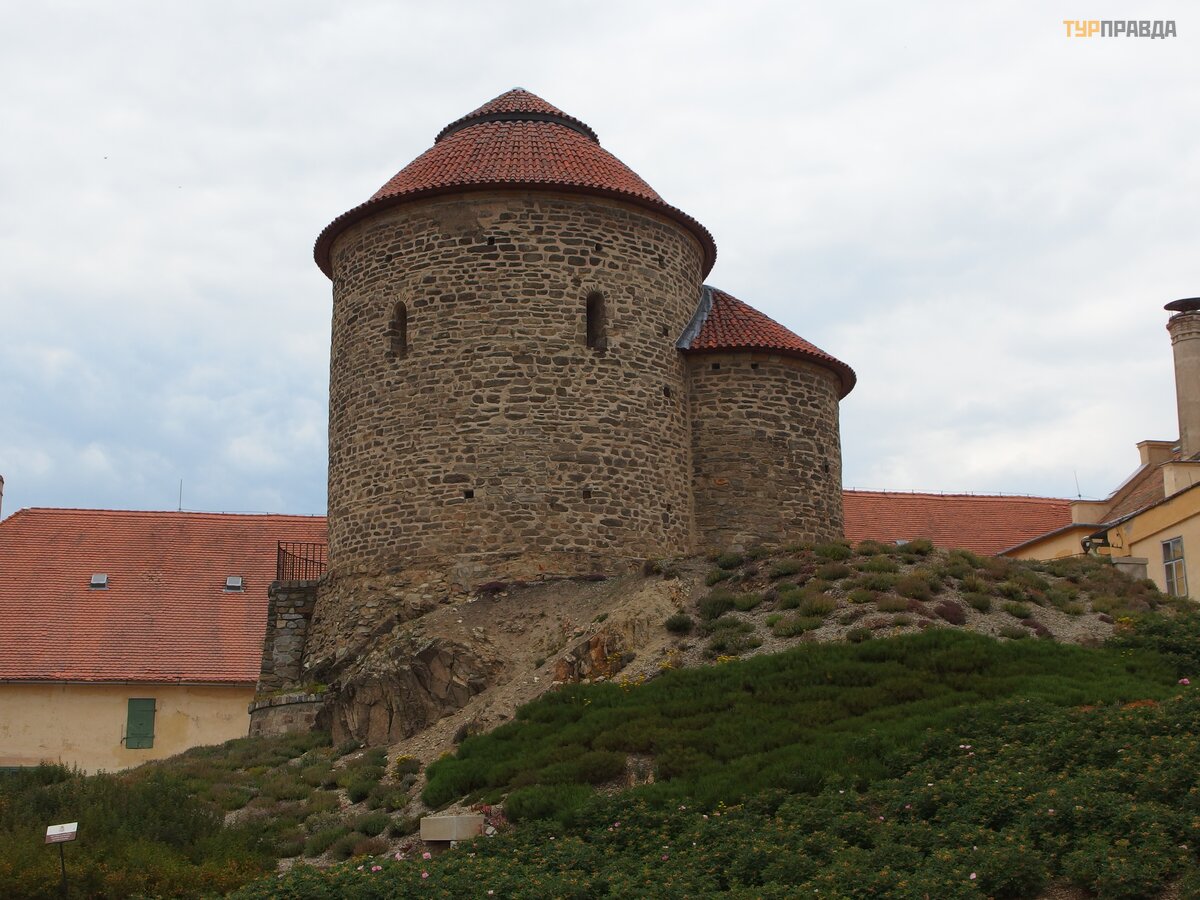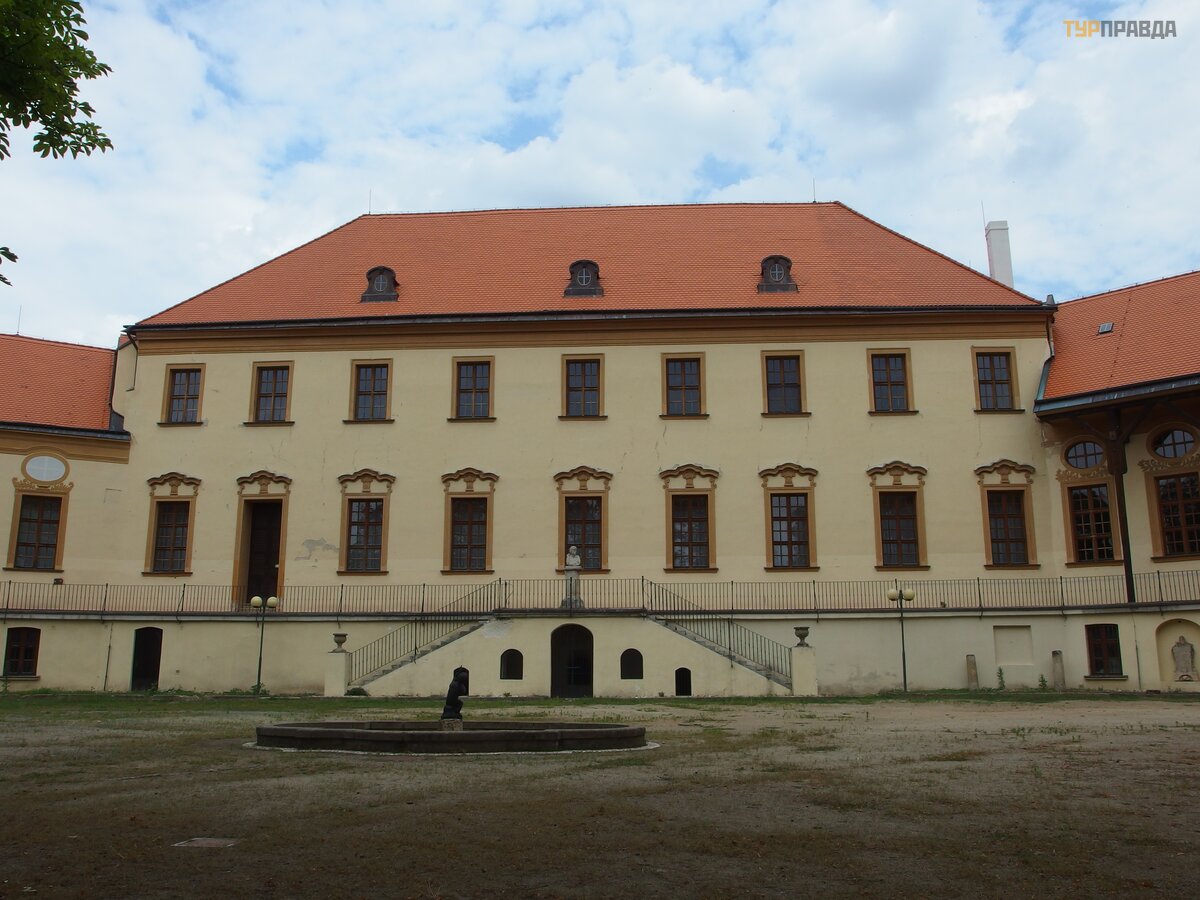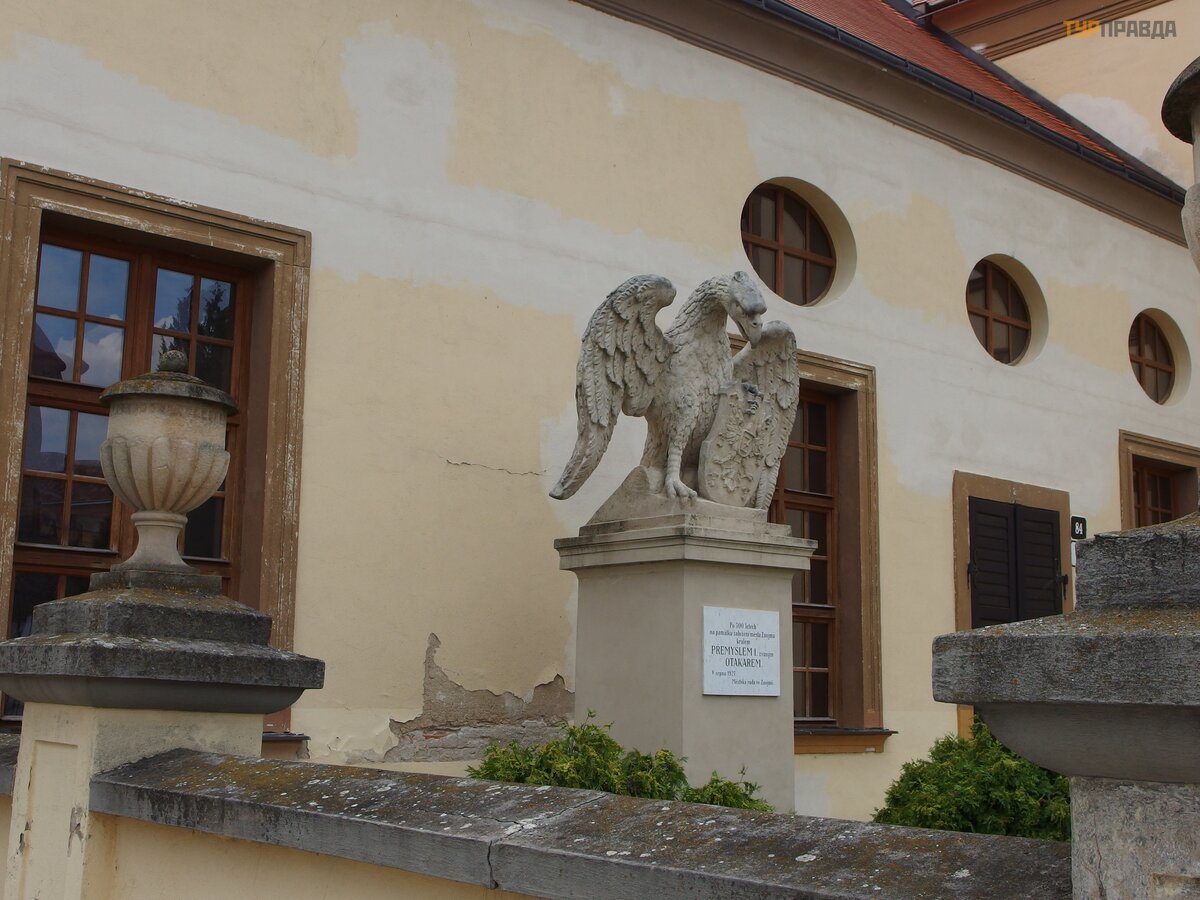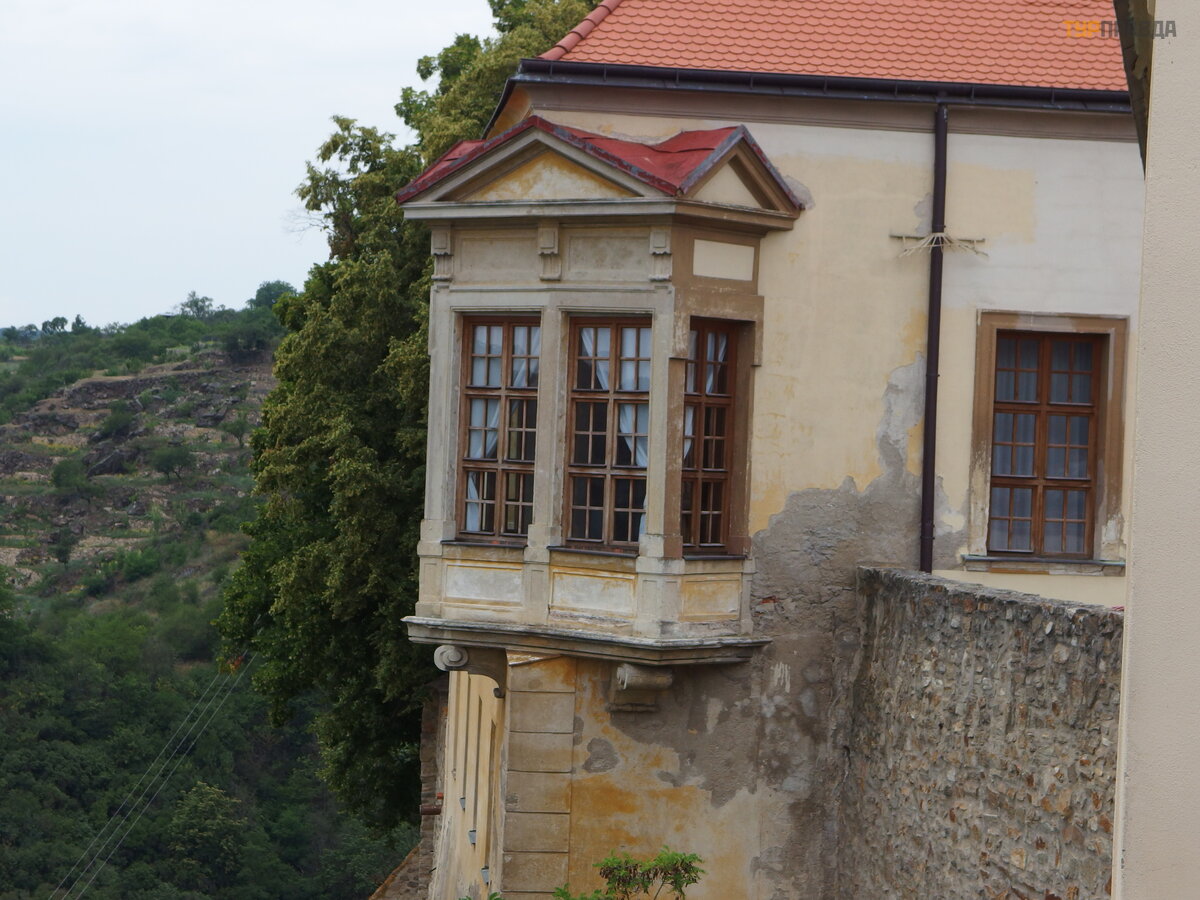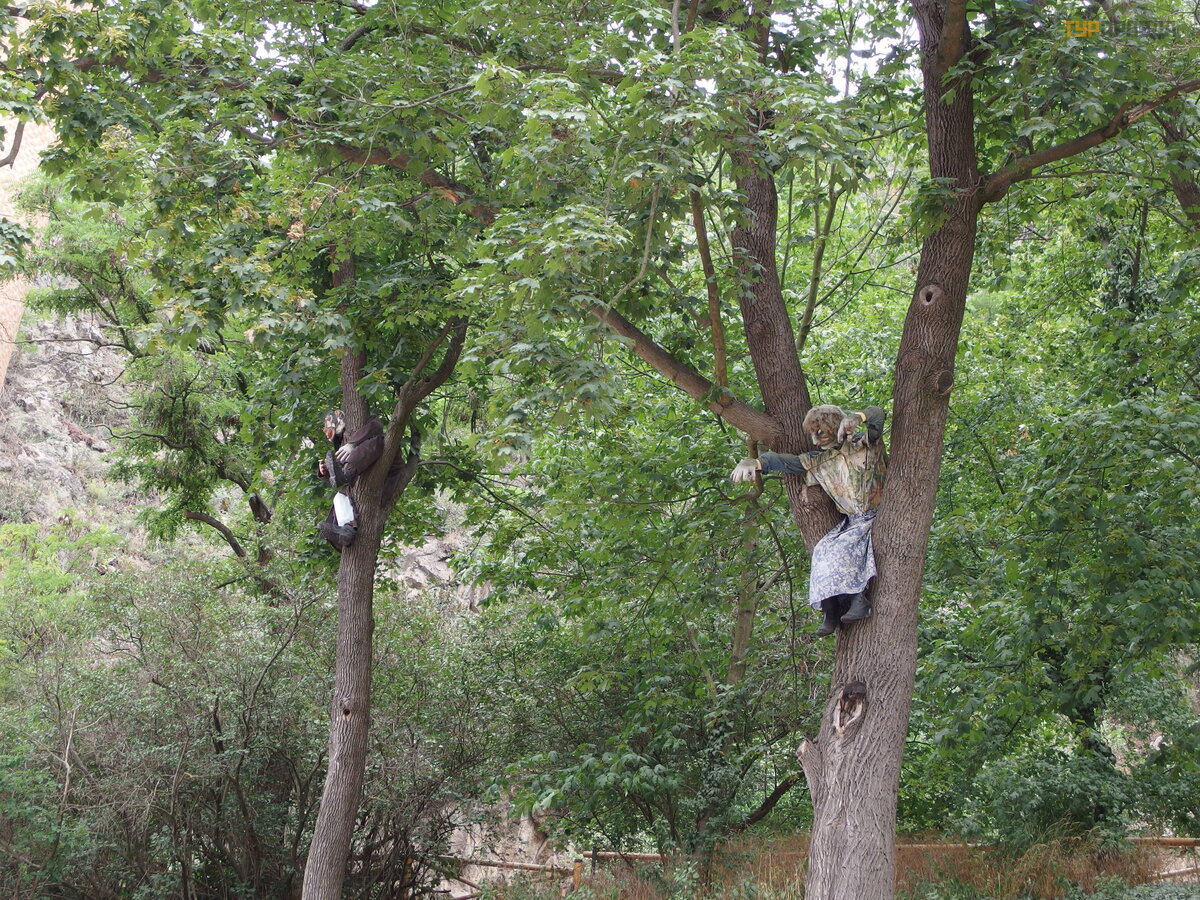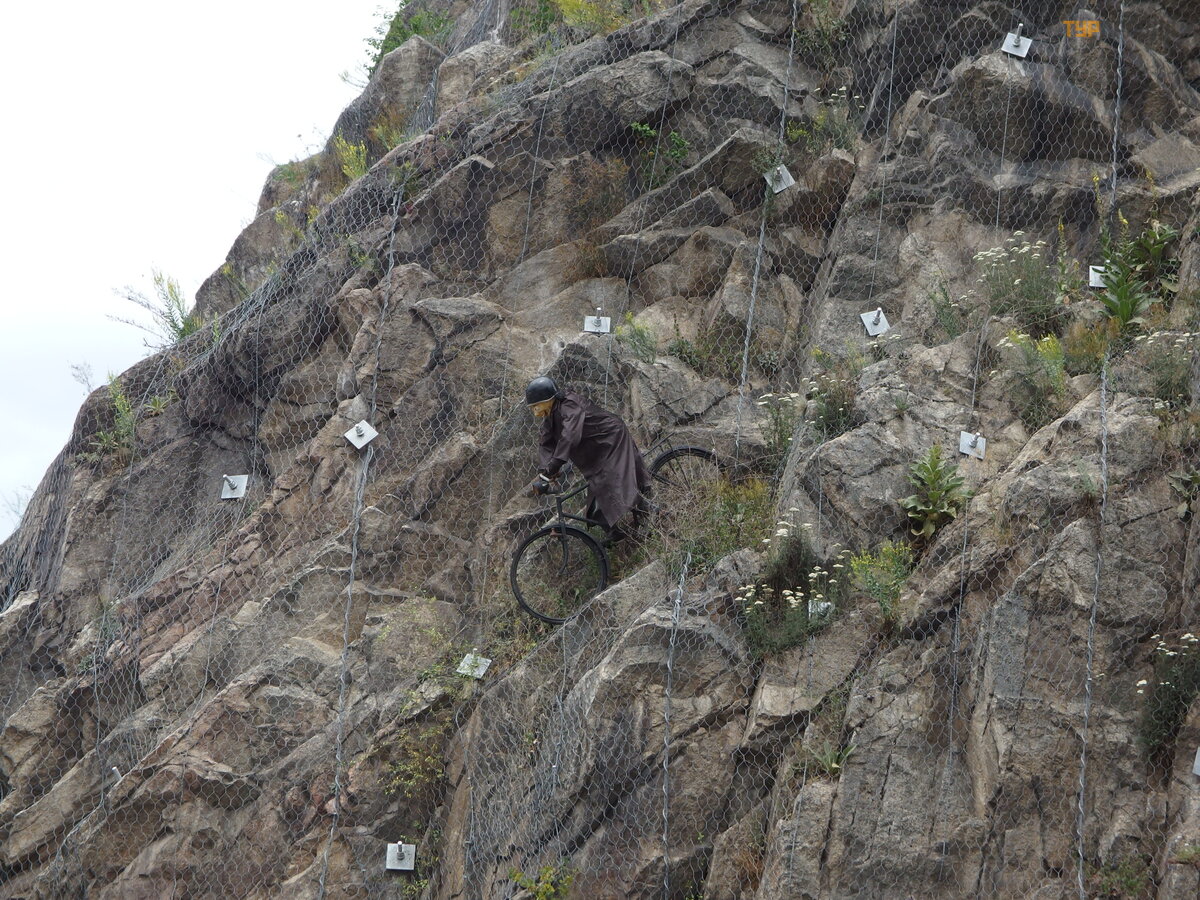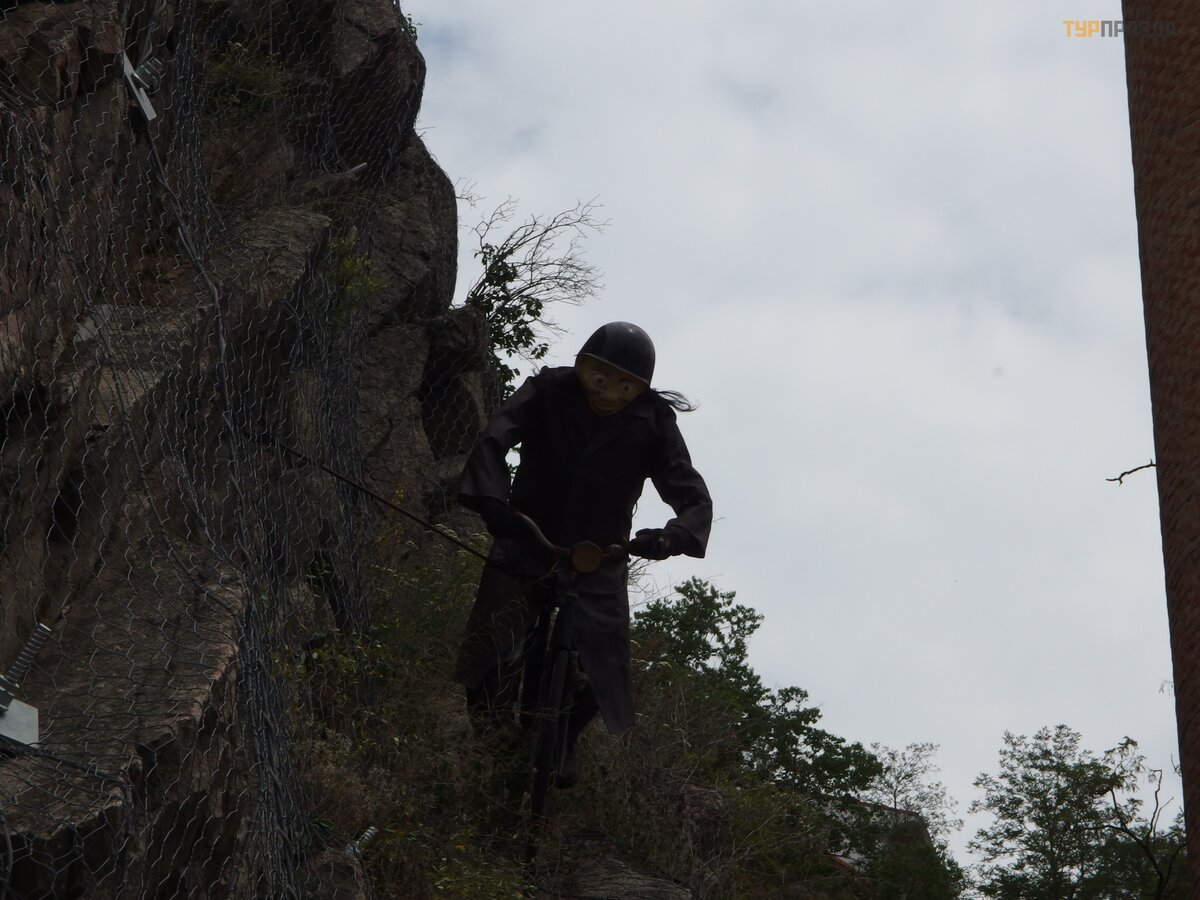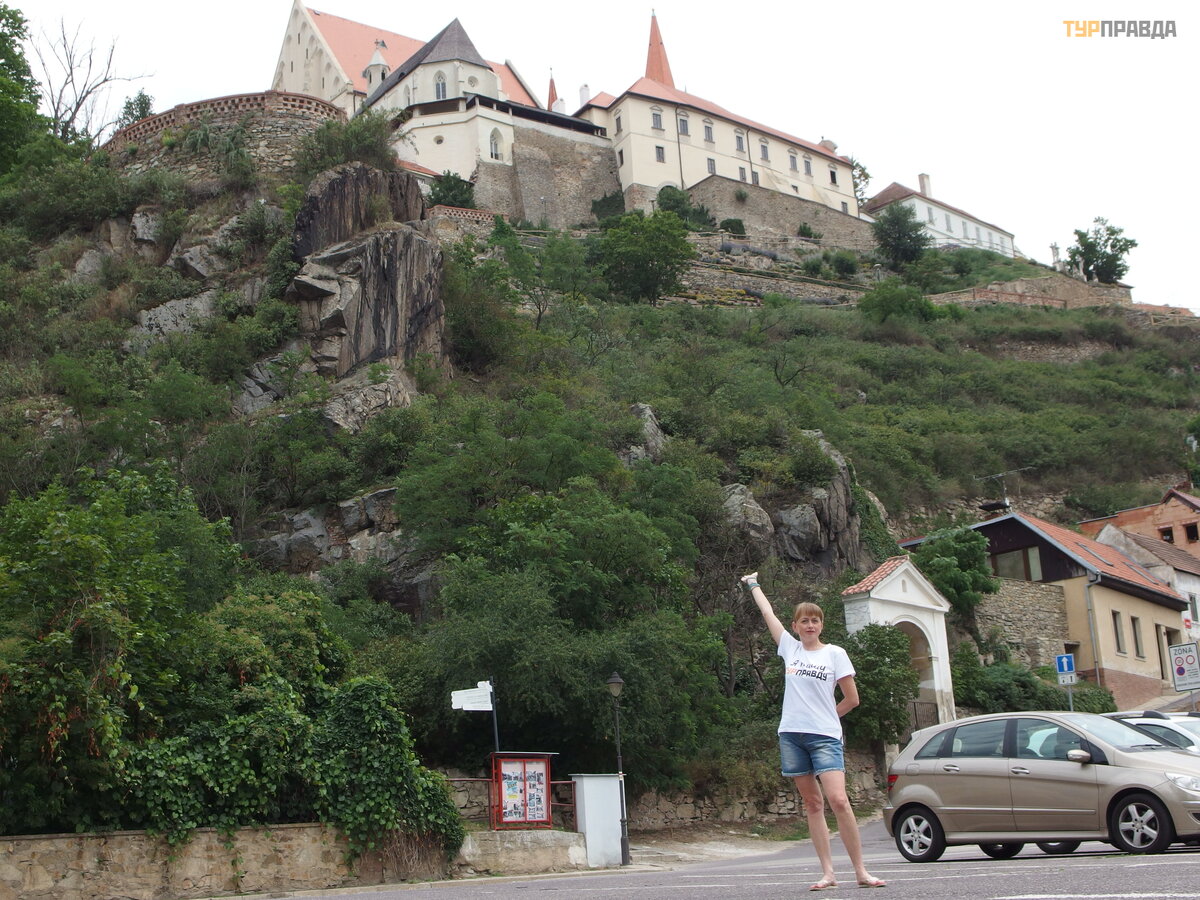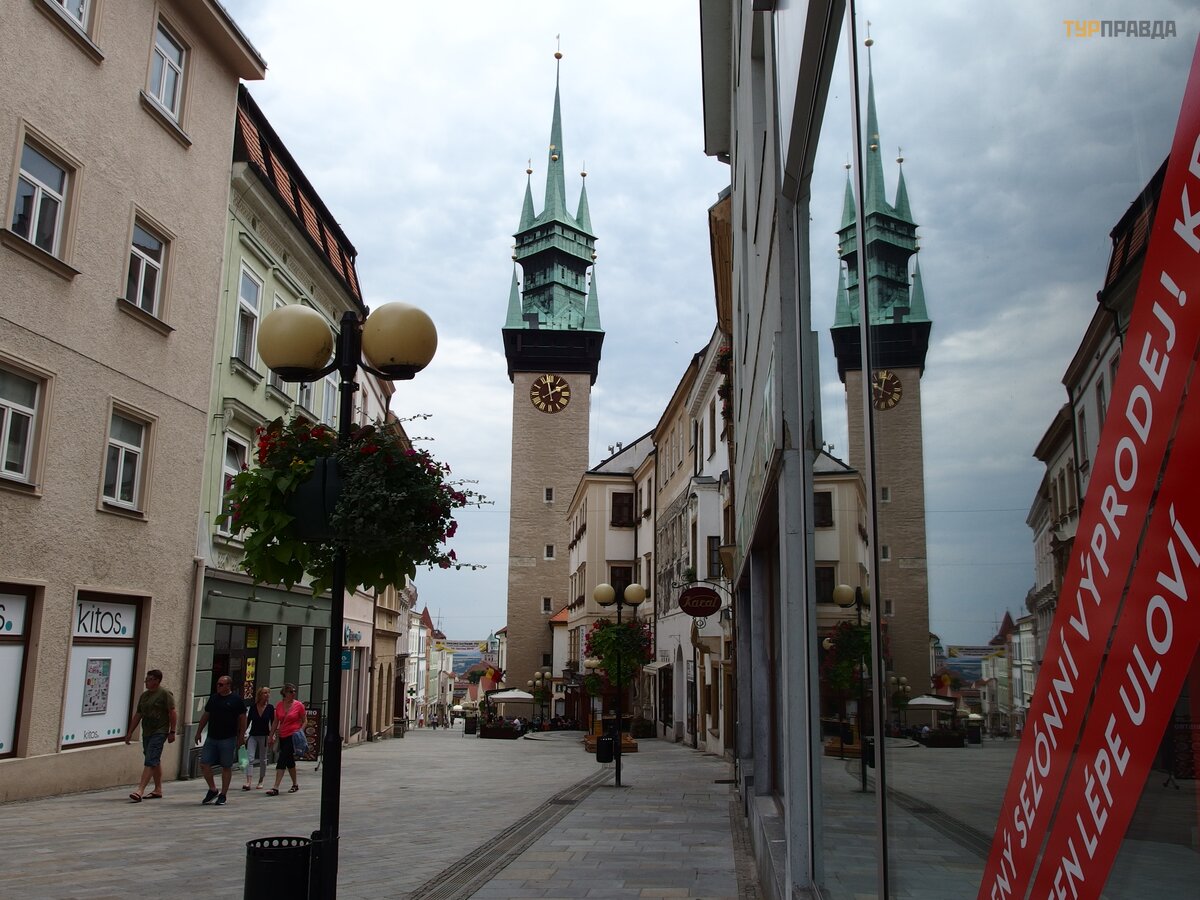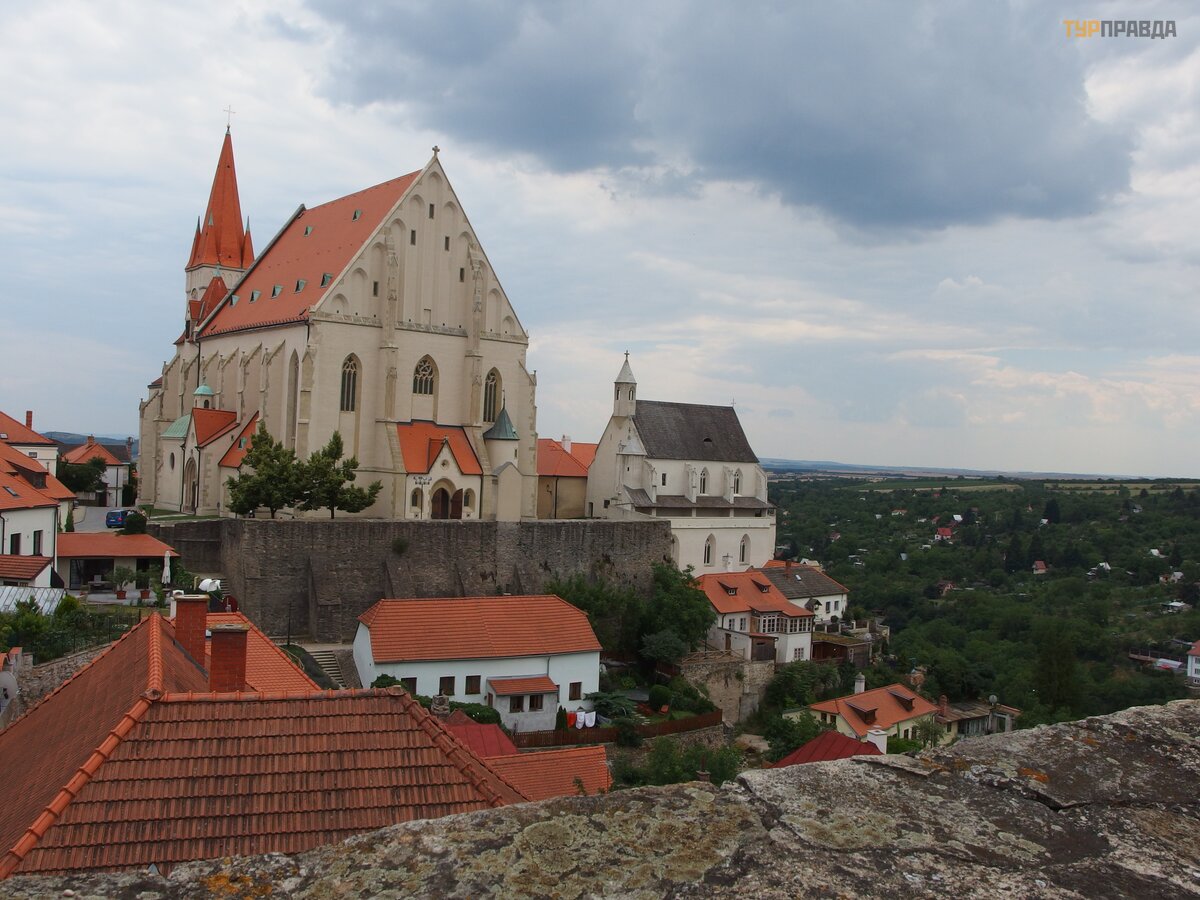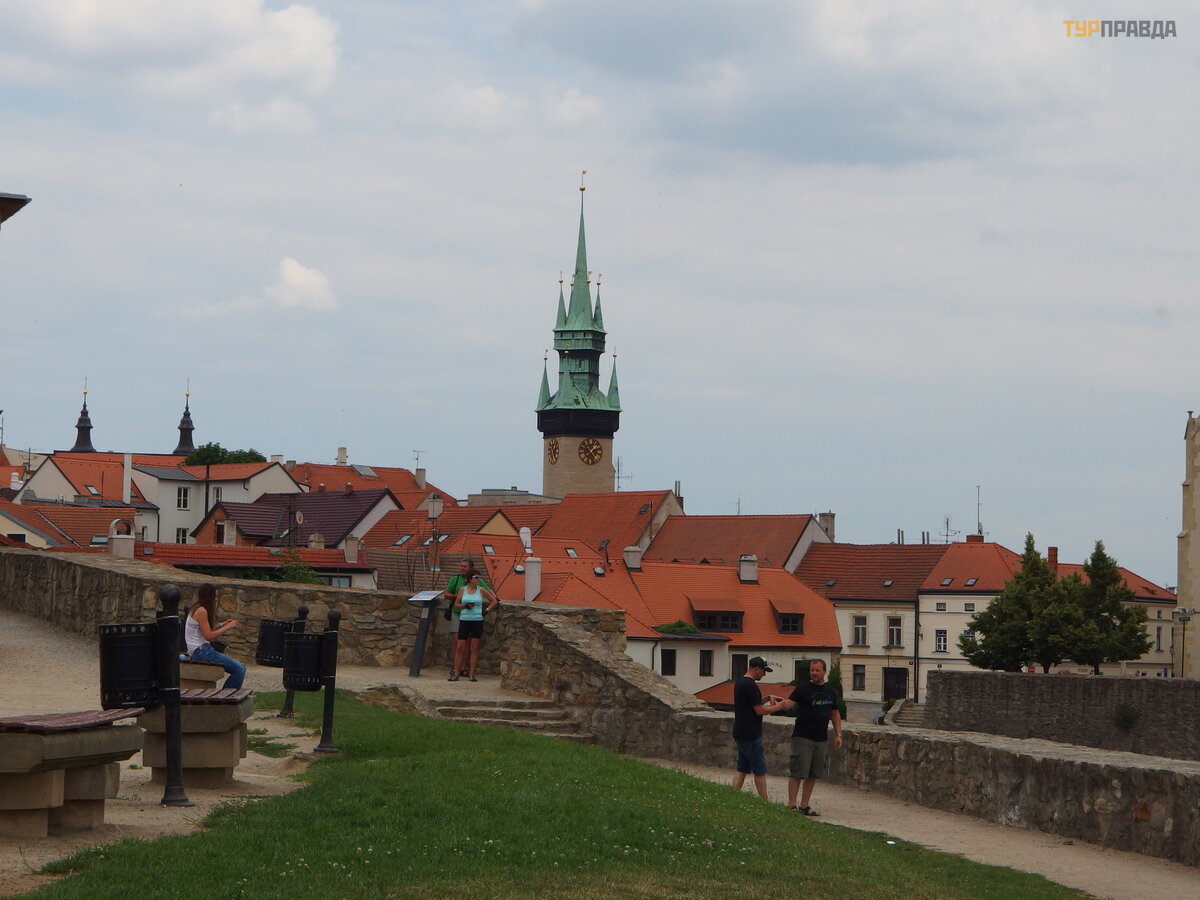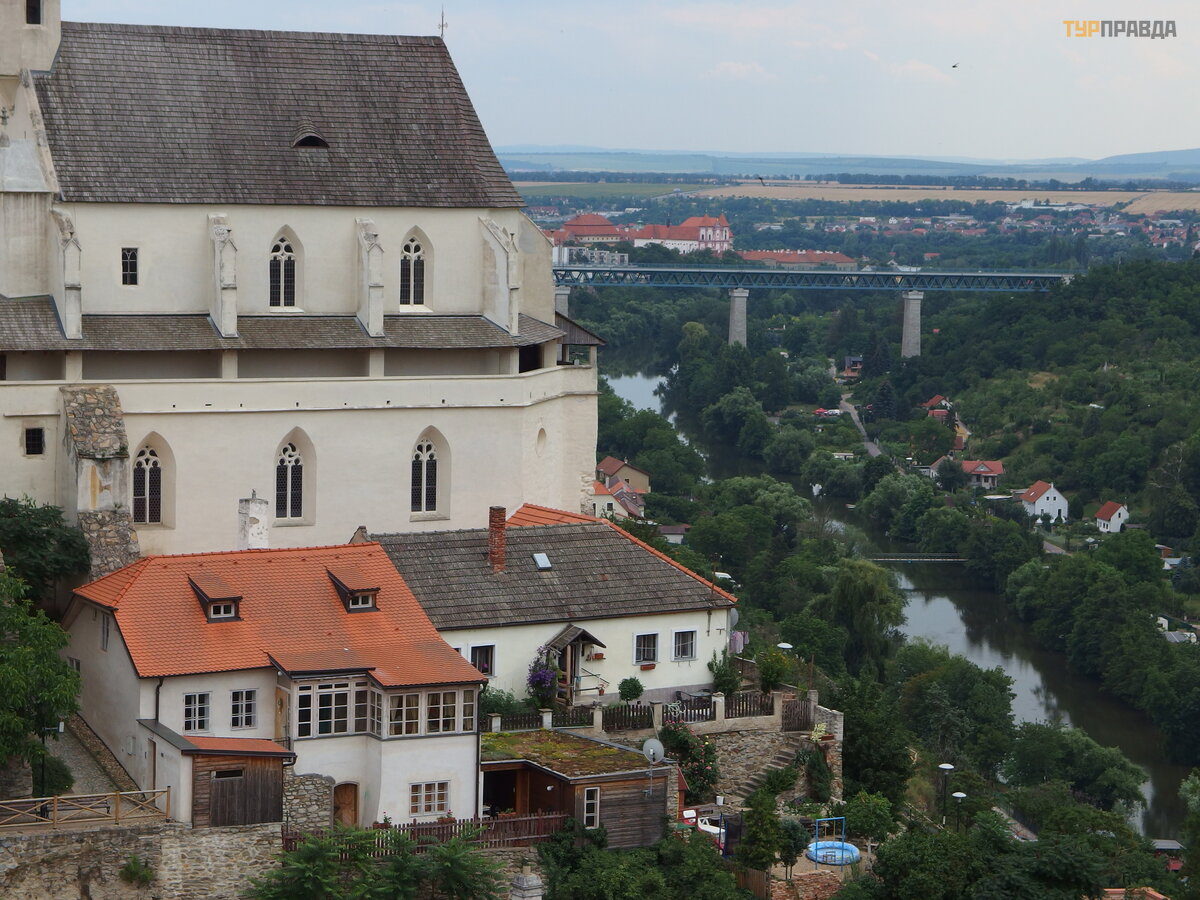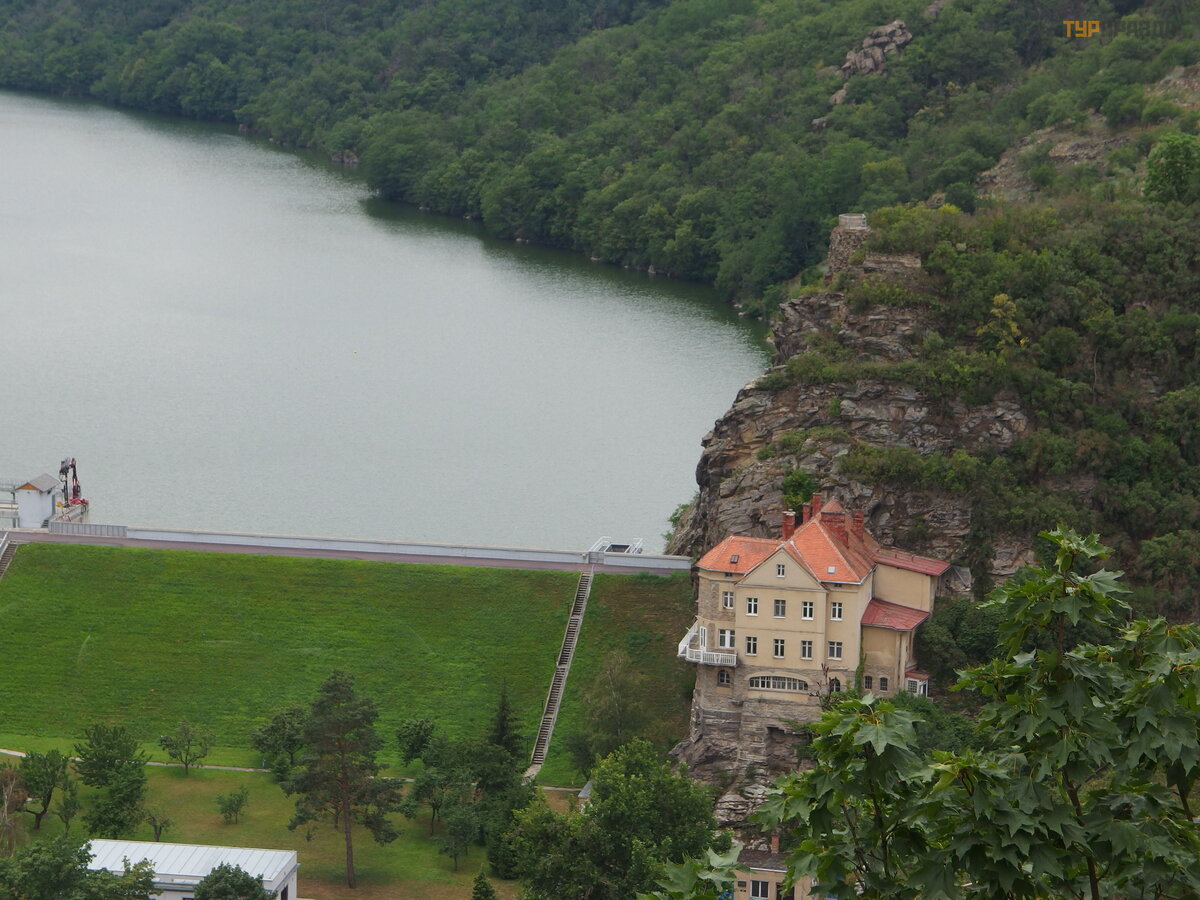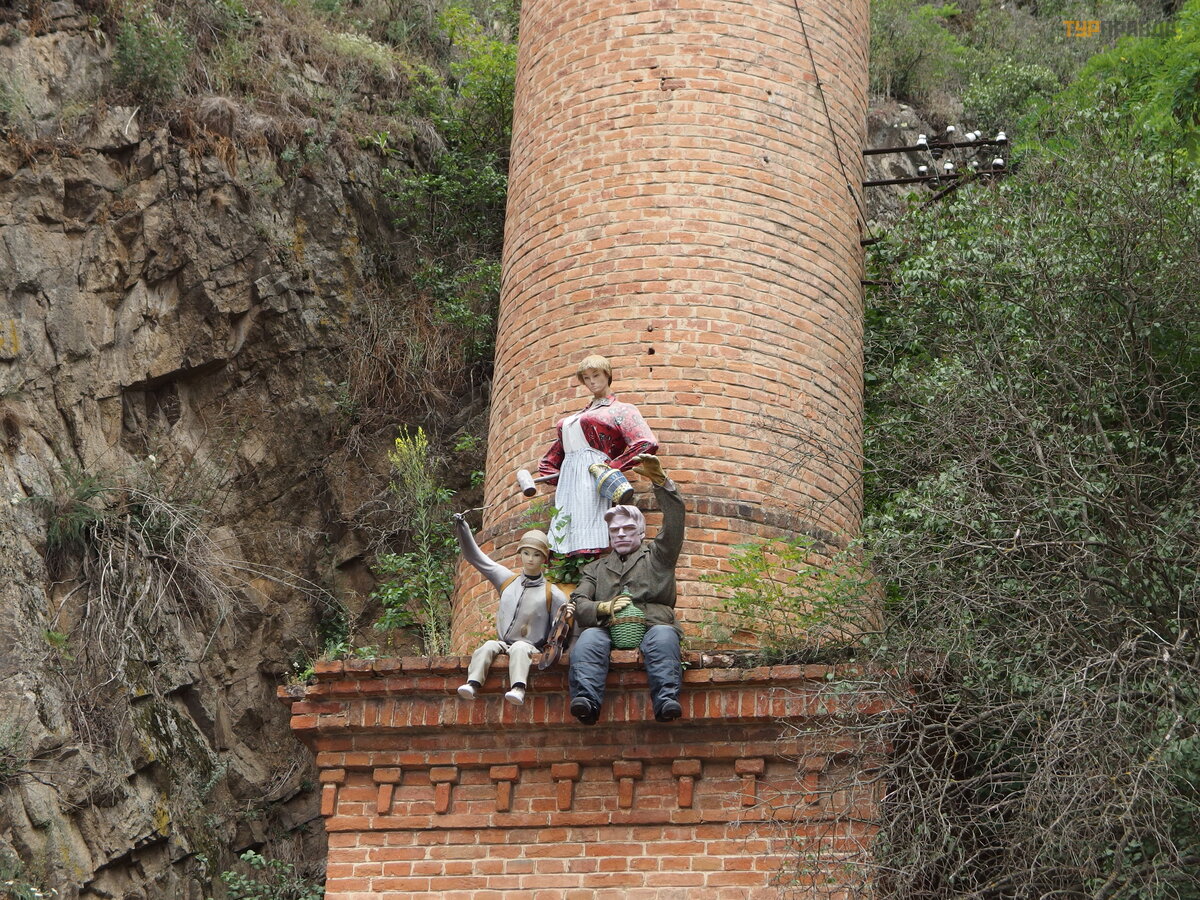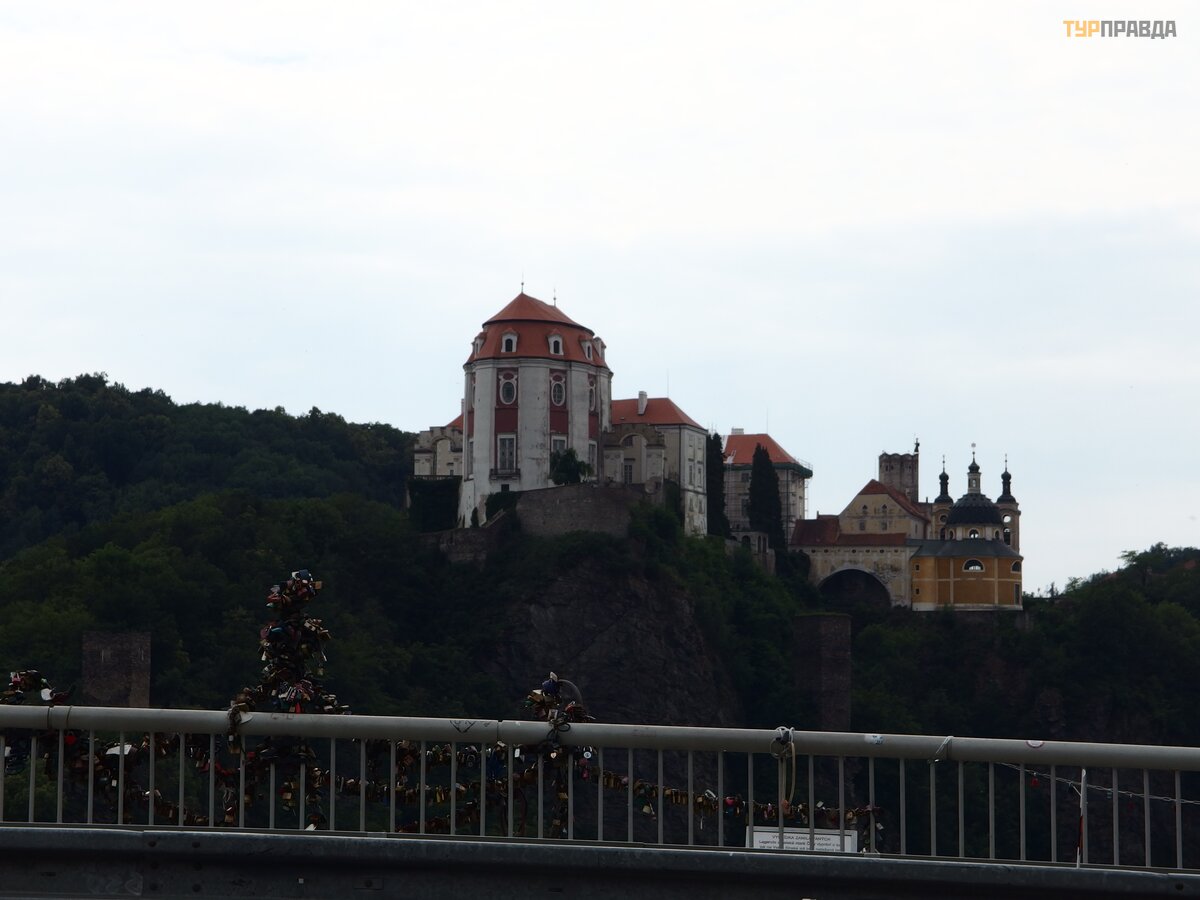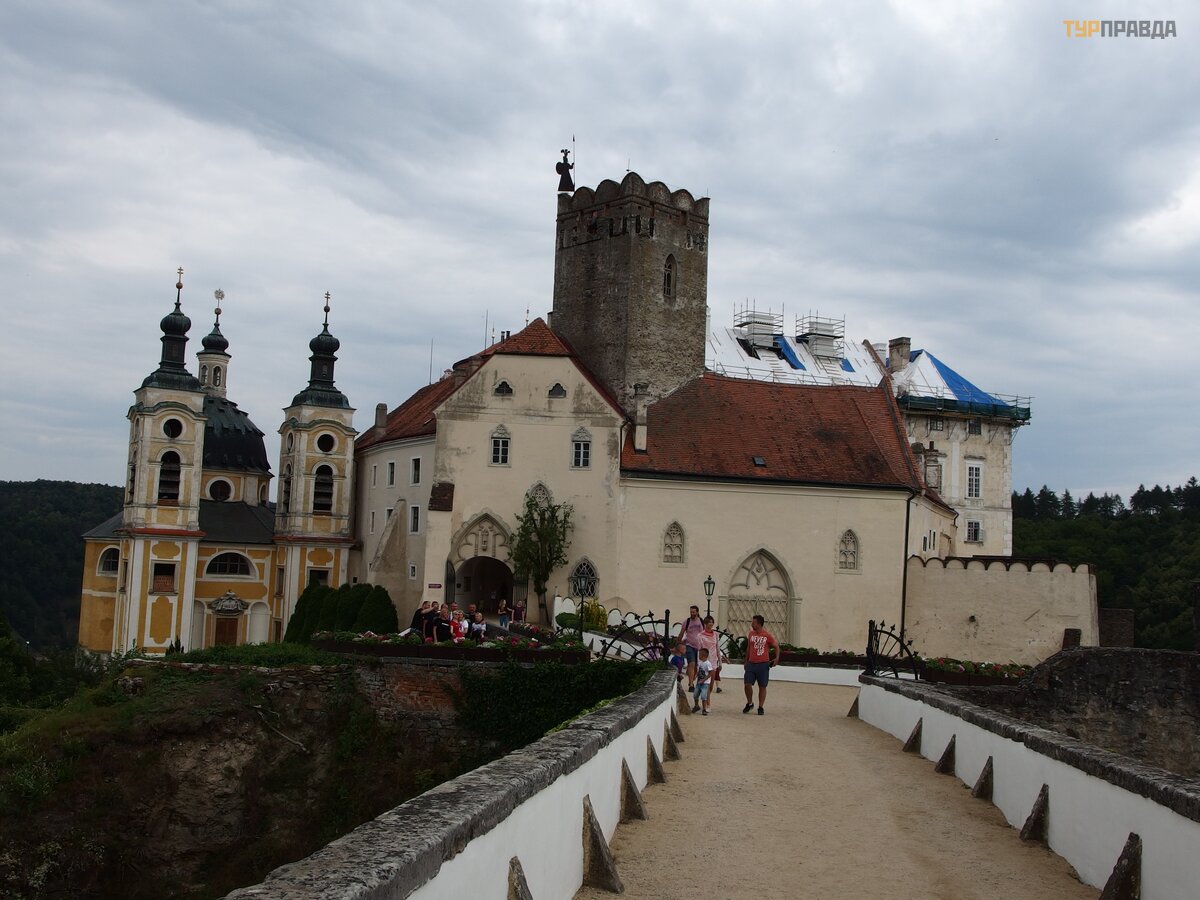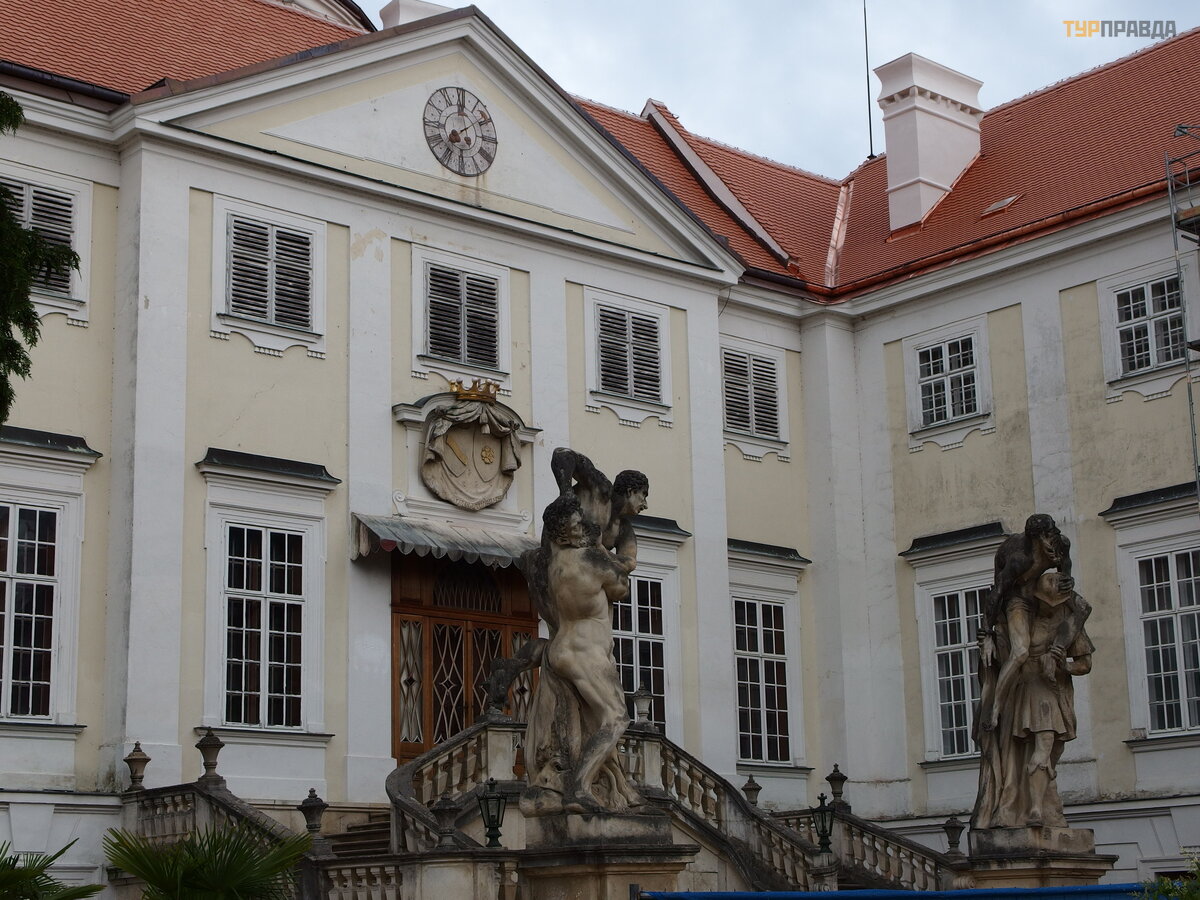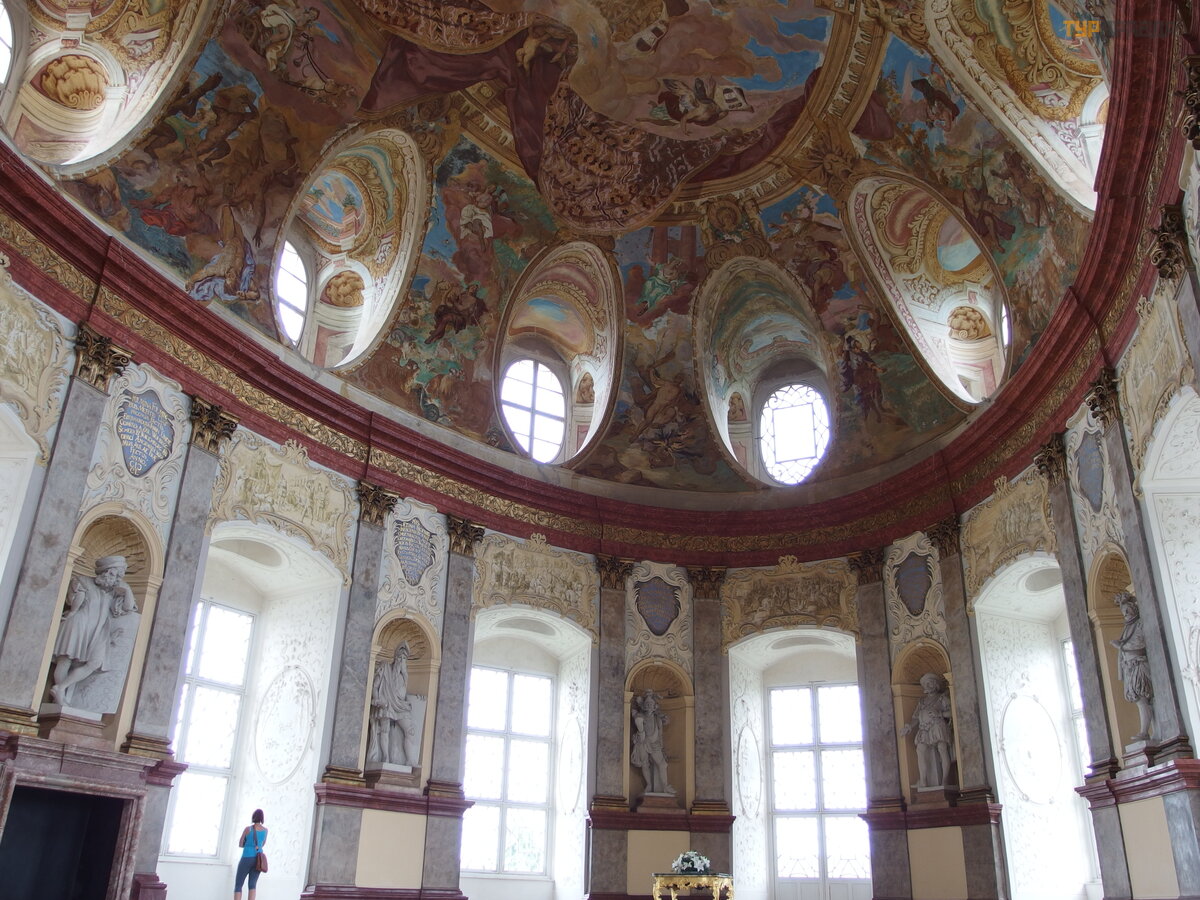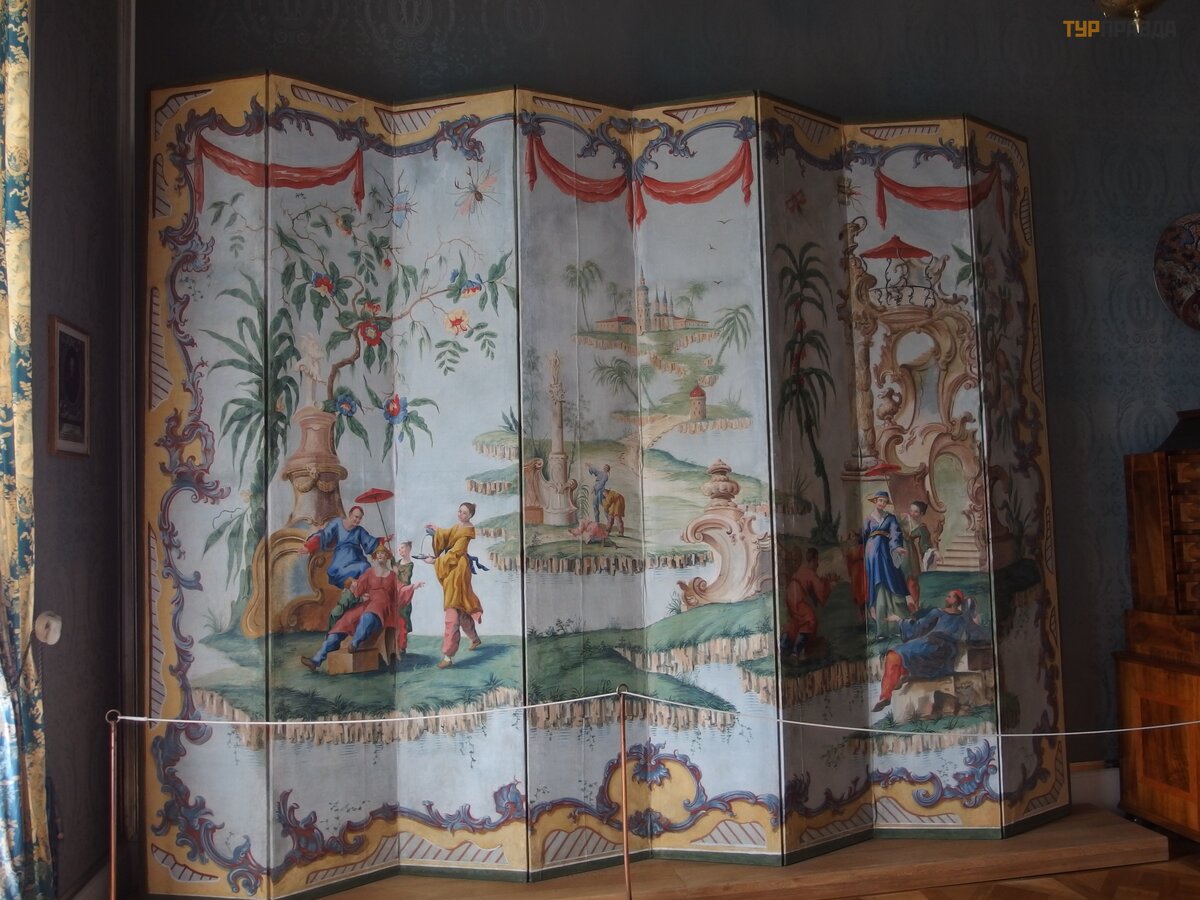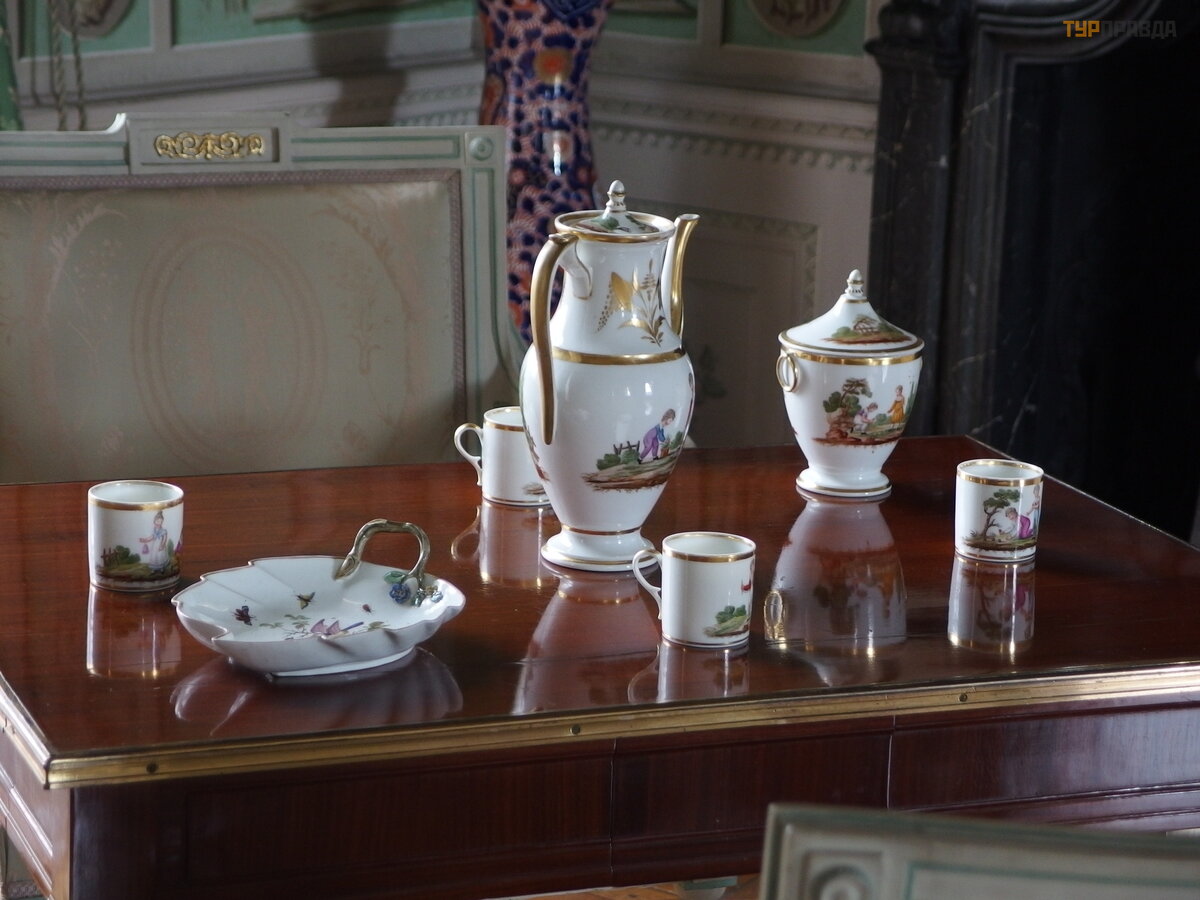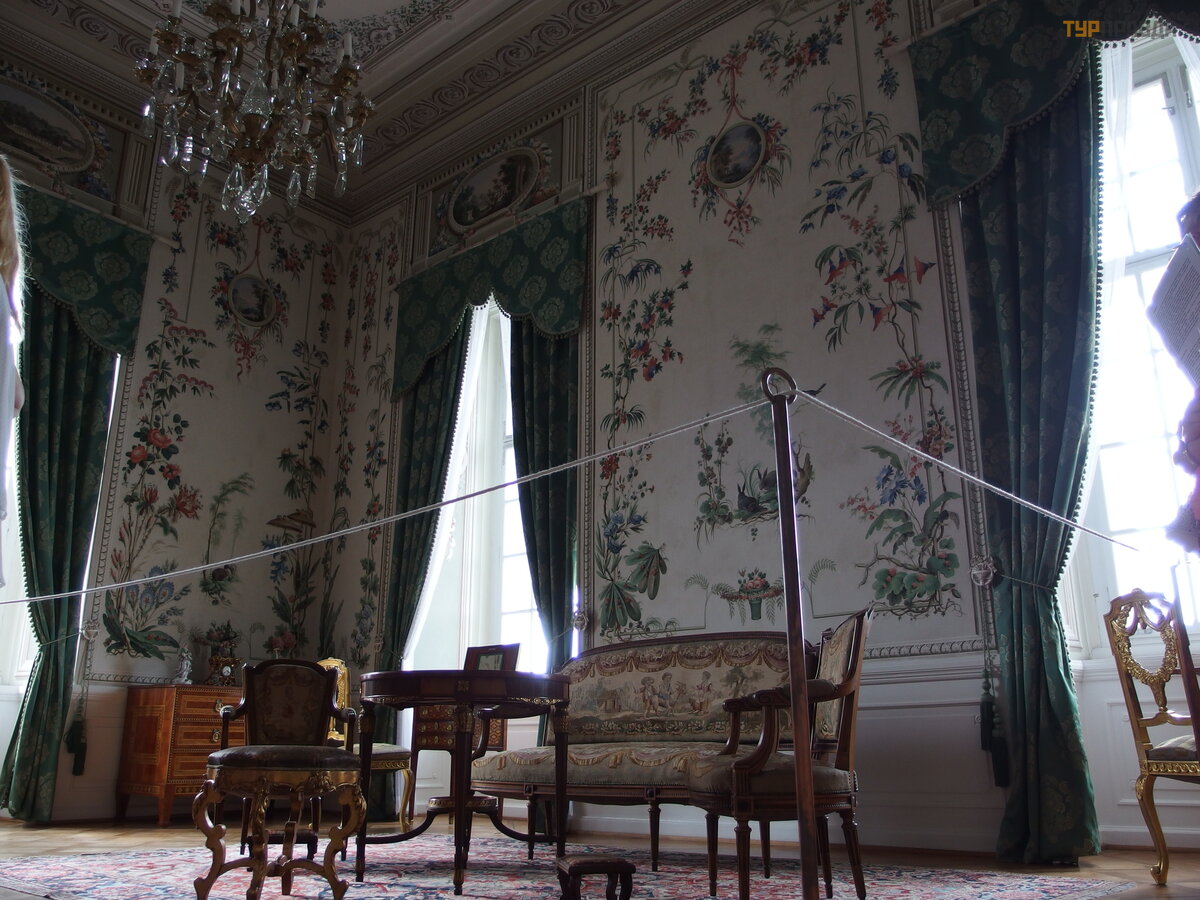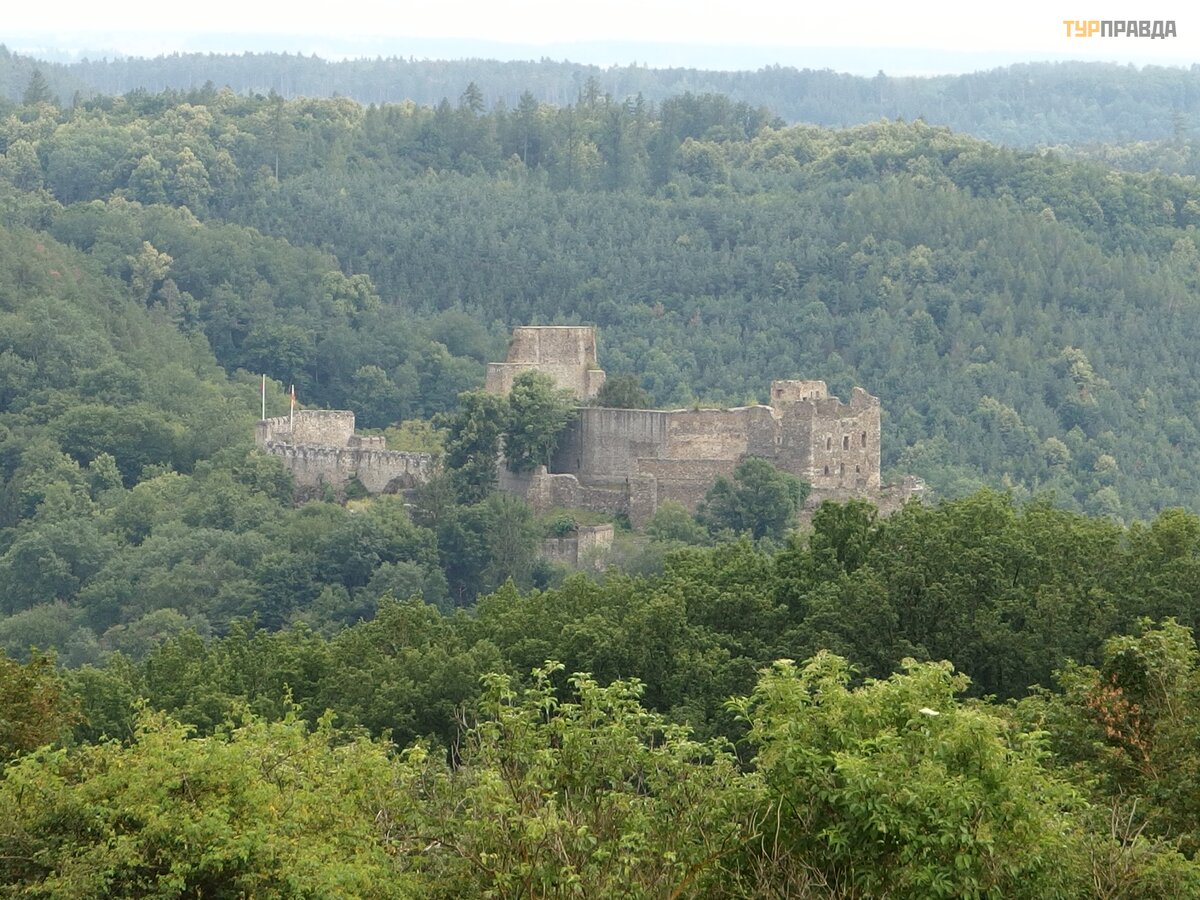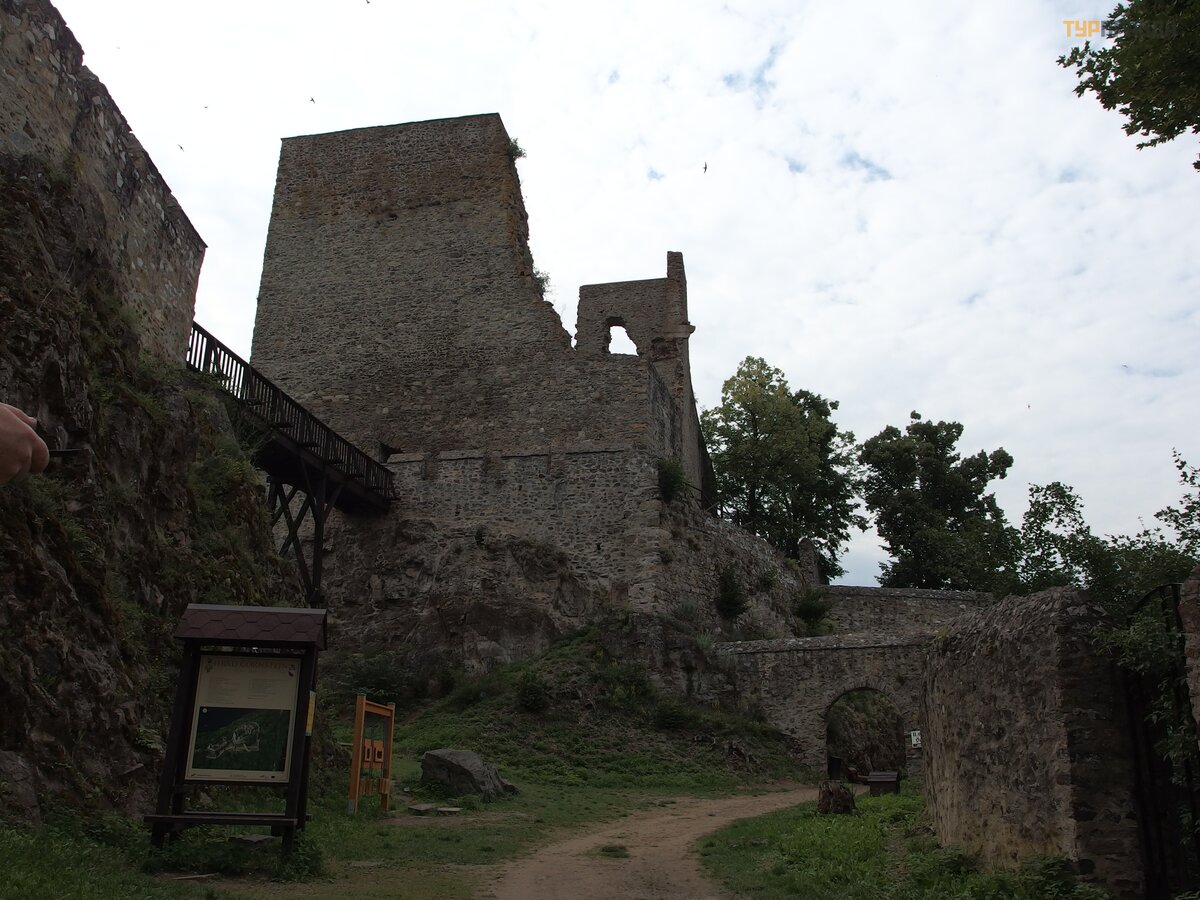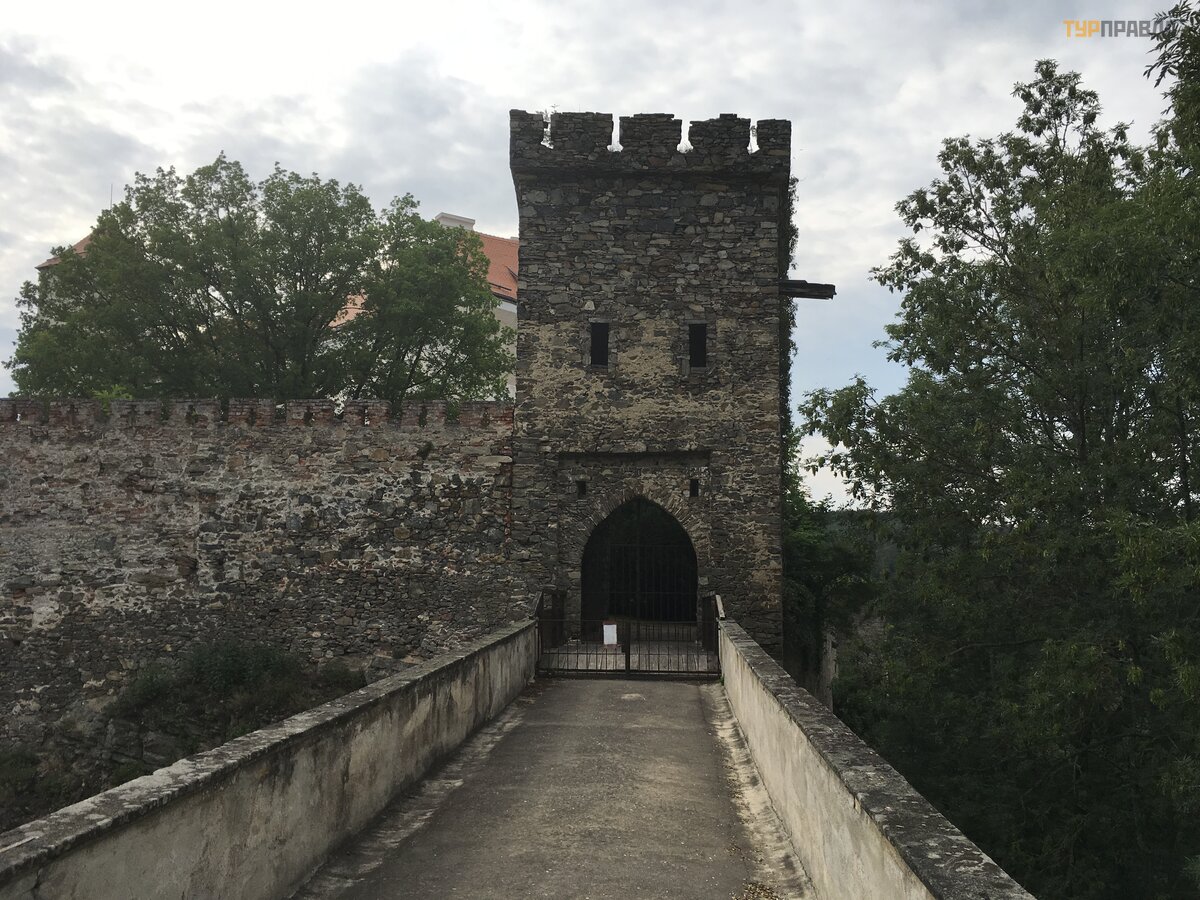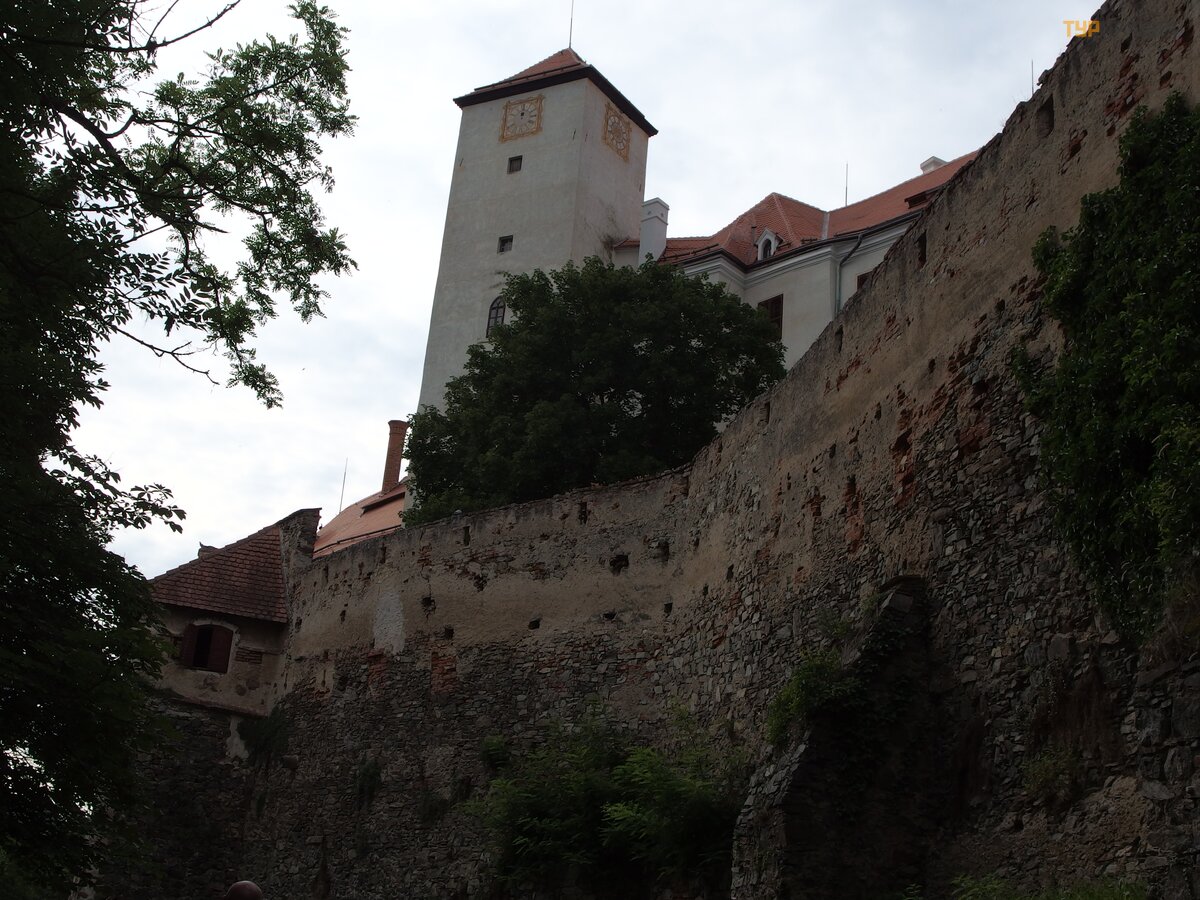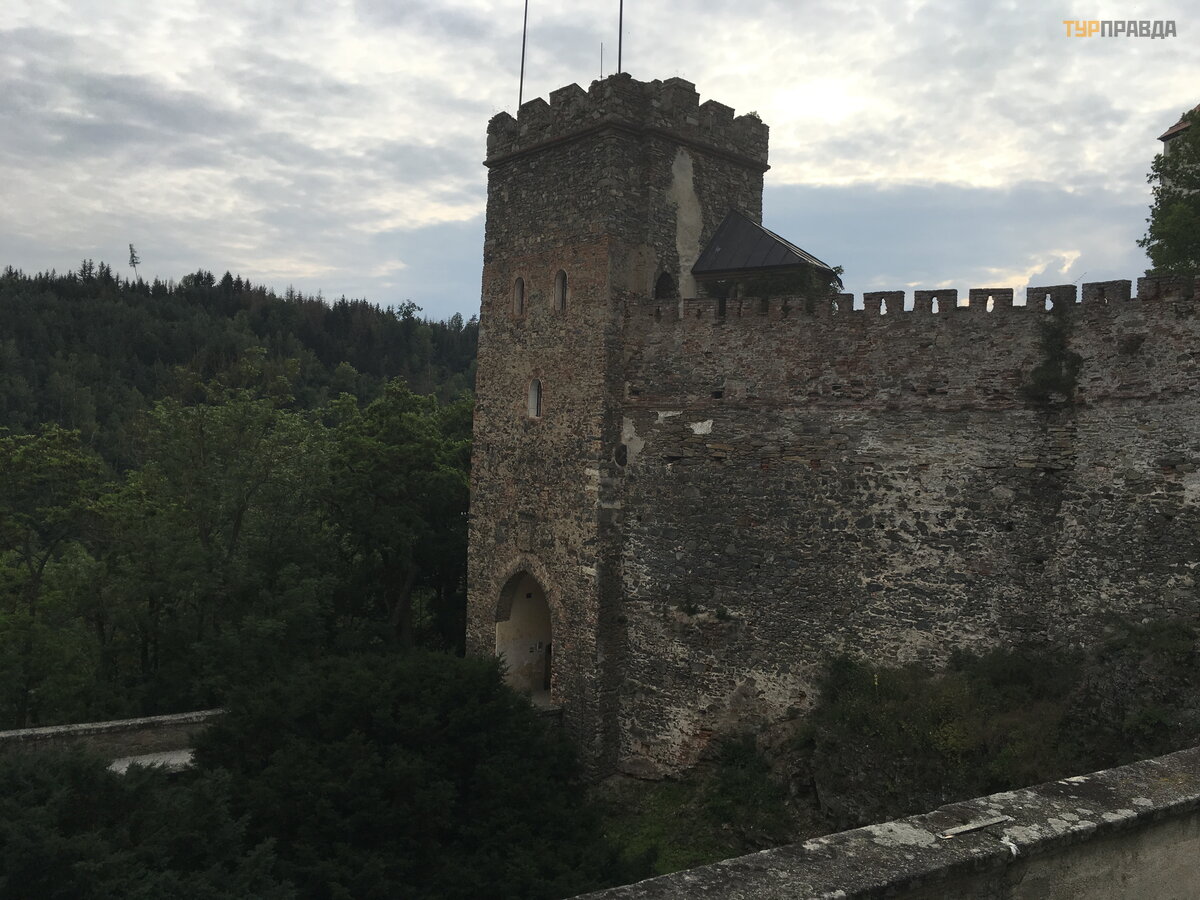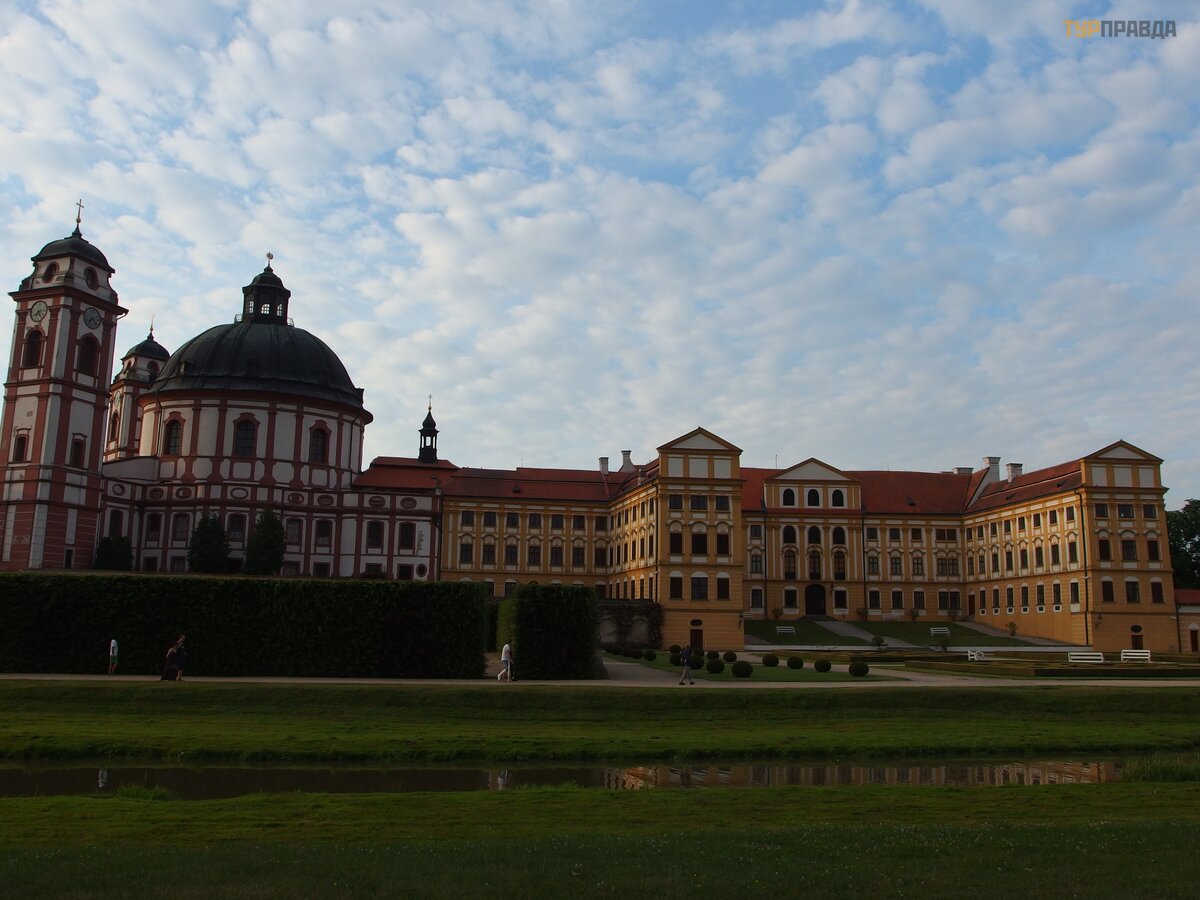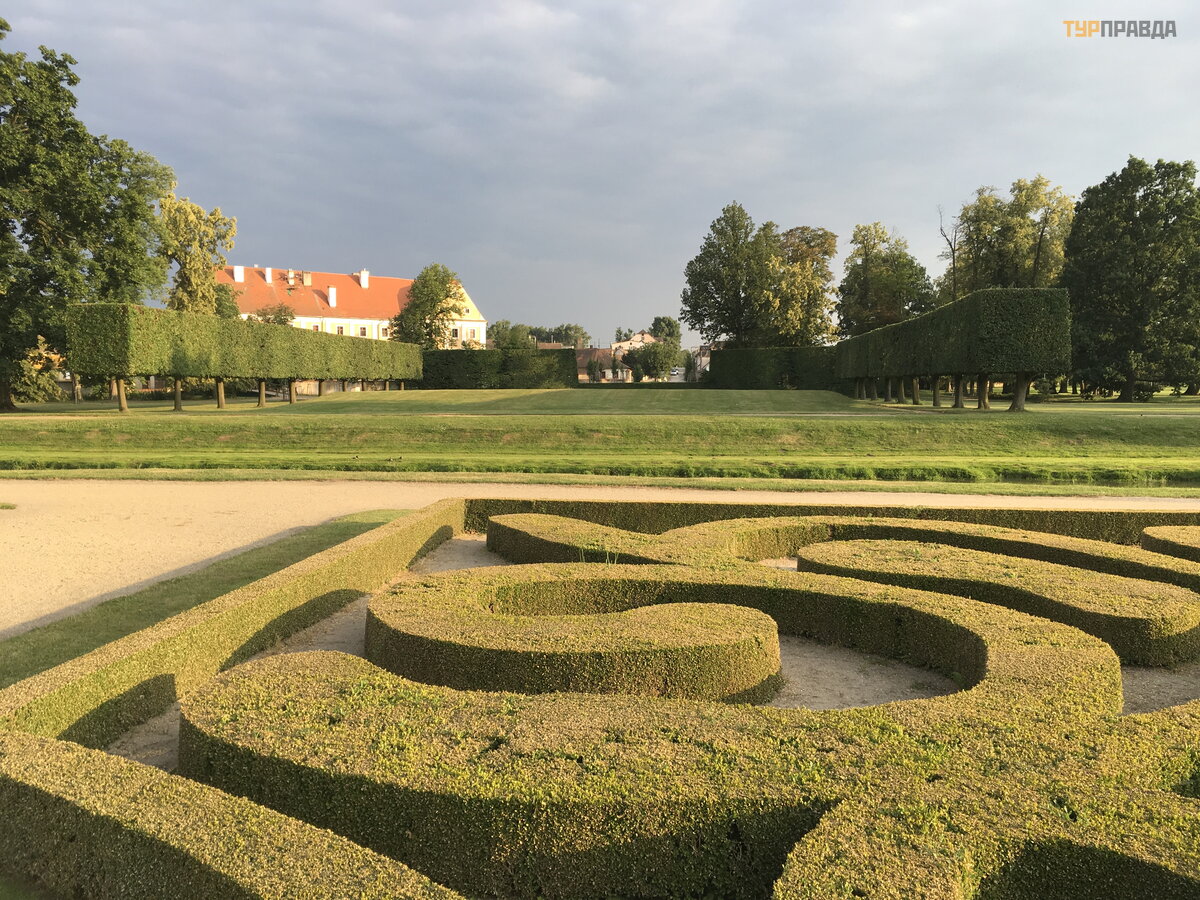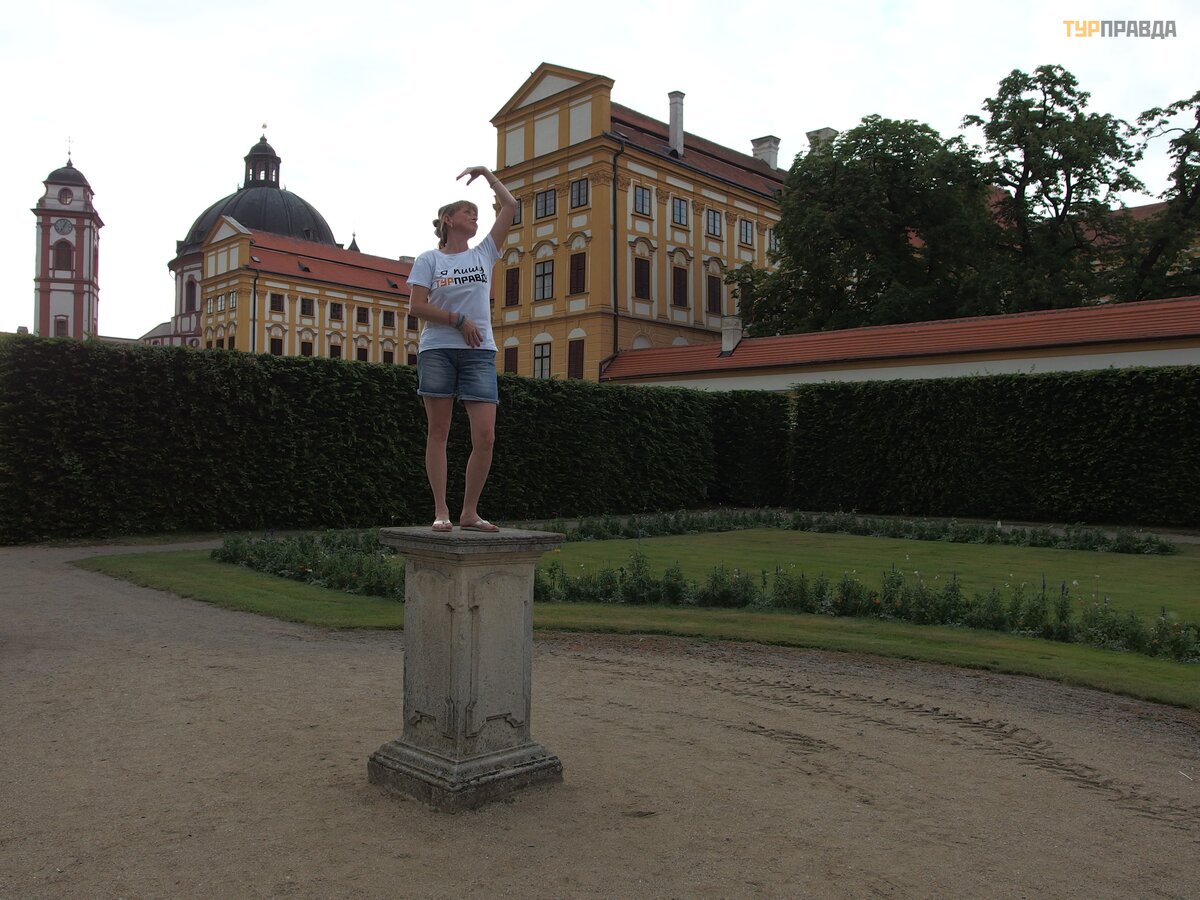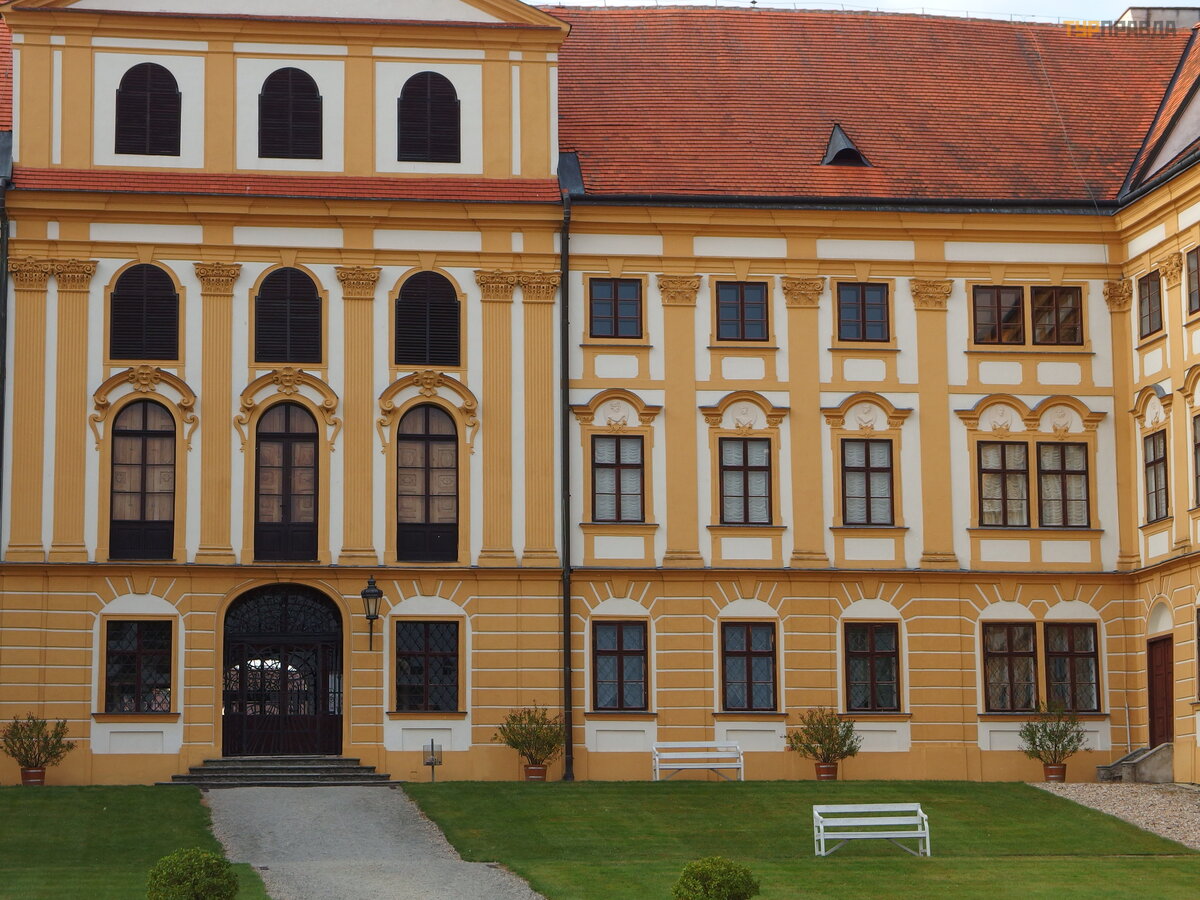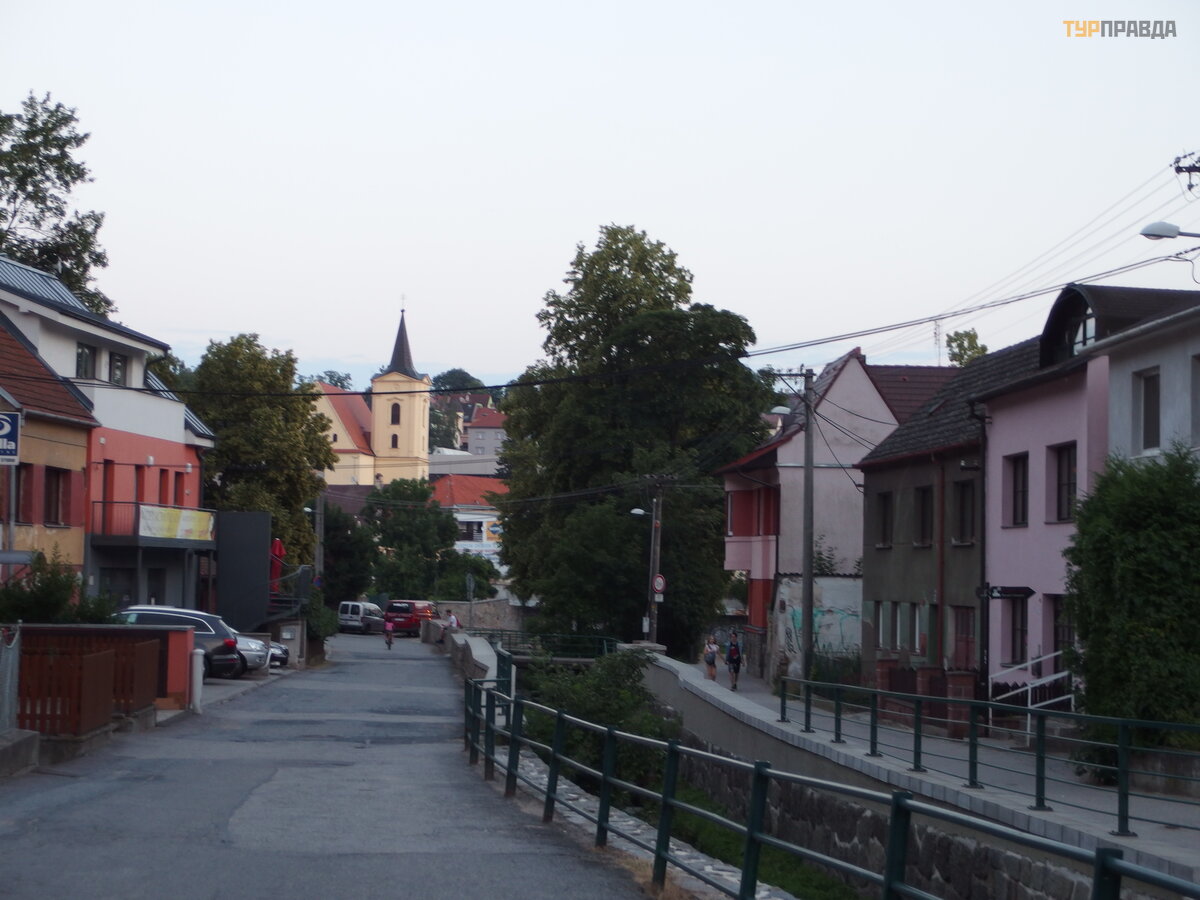Czech castles. A novel in five parts with a prologue and an epilogue.
Part 1. Castles of South Moravia
Prologue here https://www.turpravda.com/cz/blog-324562.html">turpravda.com/cz/blog-324562.html
We pre-booked a car and agreed that they would drive it to the station for us. Everything turned out great, we were already waiting. The guys who rent cars spoke Russian, so we easily agreed with them on all issues. (To whom it will be interesting to rent, write in person, I will give their coordinates). We had a couple of hours left for a walk around the "medieval" city of Brno.
Brno is the second largest city in the Czech Republic. The city was founded in the eleventh century by the first Czech royal dynasty to protect the eastern borders. The name of the city comes from the Czech "brne" - armor. And indeed, in its entire long history, the city was tried to be taken by storm more than once. But not once, this fortified city was taken by enemies.
Since the end of the eighteenth century, Brno has developed rapidly as an industrial center. During World War II, many buildings were bombed. Historical buildings were restored after the war and now we have the opportunity to see them. All major attractions are concentrated in the center of the old city.
The heart of Brno is the task of the Old Town Hall. This building housed the city council and the court, printed money, kept documents, and received guests of honor. The town hall during its existence (and the construction was started in 1240) was added and completed many times. Therefore, it turned out such a mixture of different styles from Gothic to Baroque.
The courtyard of the Town Hall was designed by an Italian architect at the end of the 16th century in the Renaissance style.
The design of the entrance portal is very unusual and deserves special attention.
Five towers rise above the sculptures of squires and city councillors. In the center we see a female figure with a sword and scales in her hands. She represents fairness and justice. Above it is a curved tower. According to legend, the author of the sculptural group was not paid for the work, and thus he expressed his dissatisfaction.
Inside the portal you can see two unofficial Brno talismans - a dragon and a wheel. According to legend, the Brno dragon terrified the locals for a long time, until one daredevil was found. He stuffed the goat skin with lime and slipped the bait in. The dragon ate the offering and drank water from the stream. The lime swelled and the dragon died. And his effigy adorns the Town Hall building to this day.
Cabbage Market Square is one of the oldest squares in the city. And now it sells fruits and vegetables. We got to the festival of Chinese cuisine, which was held here. In the center of the square there is a plague column and the fountain "Parnassus". There are three theaters around the square and the Dietrichstein Palace, the largest in Brno.
Fountain "Parnassus" - made in 1695 by the Viennese architect J. Fischer. It is decorated with sculptures of the heroes of antiquity, which symbolize the ancient empires. The shape of the fountain is interesting - in the form of a cave.
Dietrichstein Palace - was built in 1618. It was repeatedly reconstructed and changed its appearance. The last reconstruction, made in the Baroque style, has survived to this day. Now exhibitions are held here and the museum of the Moravian Region is located.
The second oldest square in the city is Freedom Square. It originated at the crossroads of trade routes in the thirteenth century. It hosted fairs, concerts and performances. And this tradition has survived to this day. We got to the next action on the square. Wow... The locomotive also drives ...
Only wealthy citizens could have their own house on the square. Almost every building on the square has a rich history.
The house "At the four blockheads" - four statues hold the balustrade of the house on their shoulders. According to the author's idea, the statues were supposed to appear as mighty Atlanteans. But what happened, happened. Foolish facial expressions do not pull on power : )
The Klein Palace was the first building in the city, which was built using new (at that time) materials - glass and iron.
Another iconic landmark is the Cathedral of St. Peter and Paul.
It was built at the end of the 13th century on the site of a Roman chapel. And throughout its history it has played an important role in the life of the Czech people. The spiers of its towers are visible from any part of the city. On coins of 10 crowns, the image of the cathedral is minted. According to legend, after a long and difficult siege of Brno by the Swedes in 1645, an agreement was concluded between the commanders of the armies: if the Swedes did not take the city by noon, then their army would retreat. When the cathedral bell rang at noon, the siege was lifted. But the servant bell-ringer made a mistake and rang not at noon, but at 11 o'clock.
Since then, the bells of the cathedral have been ringing every day at 11 in memory of the victory.
The city grew and developed around Spielberg Castle. During its long history, the castle withstood more than one siege and to this day it towers over Brno. Unfortunately, we didn't have time to visit it. Our path lay further into the small cozy town of Trebic.
The town was struck by some kind of homely, calm atmosphere and the complete absence of tourists.
Very clean and nice, convenient location in our itinerary for trips to the castles of southern Moravia.
Just 50 km from Trebic is a small but very beautiful old medieval Czech town of Znojmo. And of course, there is also a castle here.
The first mention of Znojmo dates back to the middle of the 11th century. The Moravian princes built a castle to protect their southern borders from the Austrians and Hungarians. Czech kings liked to visit it to negotiate with the Austrians. The castle changed owners and was rebuilt many times. Therefore, the Rotunda of the Virgin Mary (11th century), painted inside with frescoes of the 12th century, has survived to this day.
and the baroque castle itself with a beautiful view of the valley of the river Dyia from its windows. Now the castle is a museum of the South Moravian Region.
Going down to the river, we found cheerful witches and a desperate cyclist : )
75-meter tower of the city hall, built in 1445
Gothic church of St. Nicholas - built in 1338
From the courtyard of the castle, breathtaking views of the city open up. And you can listen to an audio guide (available in Russian) about the castle and the city. True, it takes a little work for this : )). You turn the knob, generate electricity, and then you listen.
Znojmo is the center of South Bohemian winemaking, every summer a cheerful Grape Festival is held here. We did not get on the day of the holiday, so we arranged a holiday-tasting at a local bar. Half a day is enough to explore the city.
Further according to the plan, we had the castle of Vranov nad Diji. From Znojmo in 25 km.
At the very Austrian border, on an impregnable rock, Vranov Castle rises. It is first mentioned in chronicles of the early 12th century. Then it was a Gothic castle with two powerful towers and was part of the line of defense of the border territories. In the 14th century, the castle passed from the possessions of the Czech kings into private hands. Further, the owners of the castle changed continuously, until in 1614 it was bought by a representative of the wealthy Altanov family. For a long time he did not own it, was confiscated by the authorities (the owner of the castle joined the next uprising). Then the war with the Swedes and the fire completely destroyed the castle. In 1680 the castle was bought by another representative of this family, Michal Jan II Altan. He set himself the goal of turning the dilapidated, half-Gothic - half-Renaissance castle into a modern, elegant residence.
To do this, he invited the then young and promising Viennese architect Jan Bernard von Erlach, who later became famous for the construction of the Gallas Palace in Prague, the Church of Charles Borromean in Vienna, palaces in Salzburg, as well as the creation of the first project of the imperial residence in Schö nbrunn.
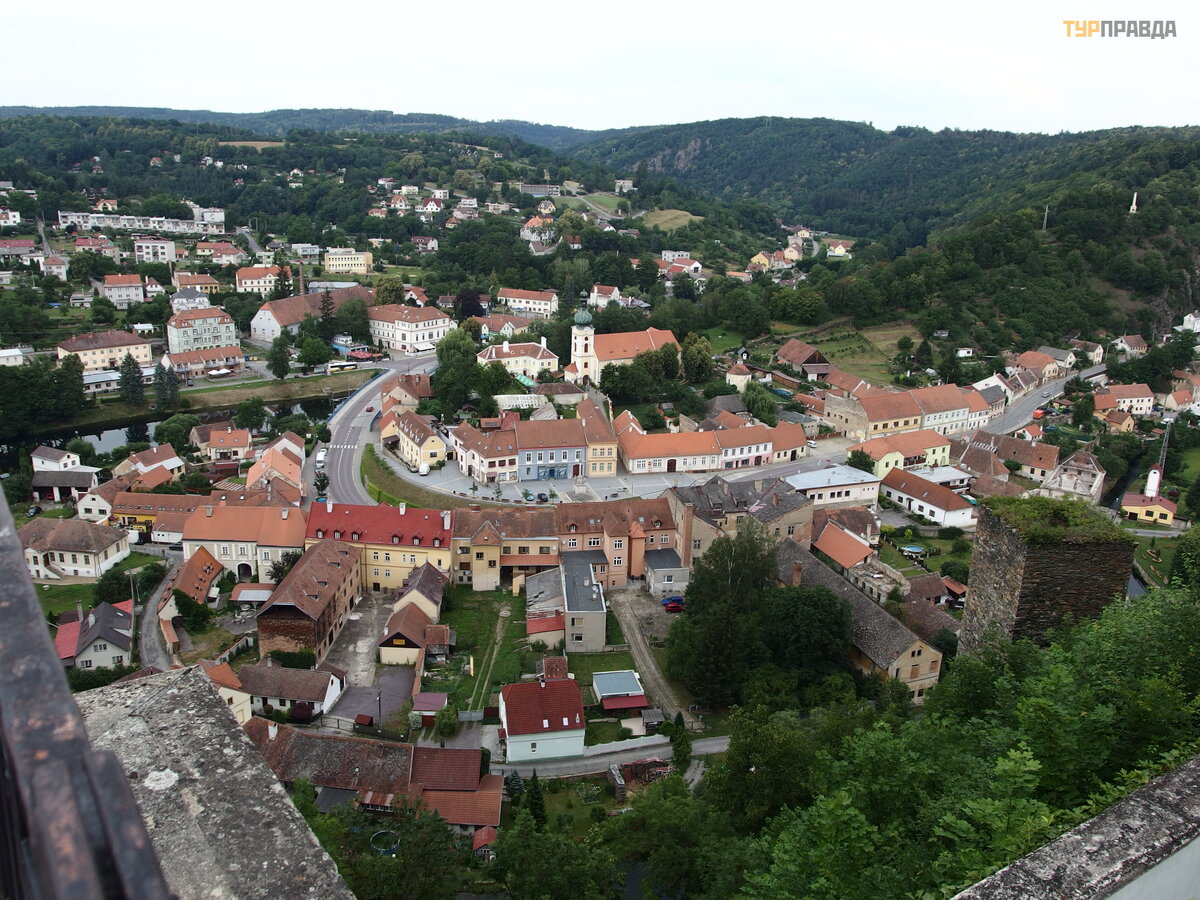 View of the city from the castle
View of the city from the castle
Reconstruction lasted a hundred years (after the death of Jan Michal, it was continued by his son Michal German, daughter-in-law Maria Anna Pignatelli, the beautiful and intelligent mistress of Emperor Charles, and then by the grandson General Michal Antonin). Since 1945, the Czech castle Vranov nad Dyji has been nationalized and is the property of the Czech state.
The pearl of the castle was the oval Hall of the Ancestors with statues set around the perimeter, painted plaster and ceiling frescoes by leading masters of that time.
We took a tour of the main route. The system of excursions (as we could see later) in all Czech castles is as follows. The start time is indicated on the ticket. We were let into the castle and given printouts in Russian on the contents of the tour. The guide spoke in Czech, and we just read. The guide opened another room, launched us and closed the doors behind us. You can take pictures here, of course, without a flash. In general, I liked it. There are not very many rooms, and there were about 12 people with us. The tour lasted about forty-five minutes. Two or three hours to explore the castle is enough.
 Bathroom. Water came from two tanks with cold and hot water through brick channels.
Bathroom. Water came from two tanks with cold and hot water through brick channels.
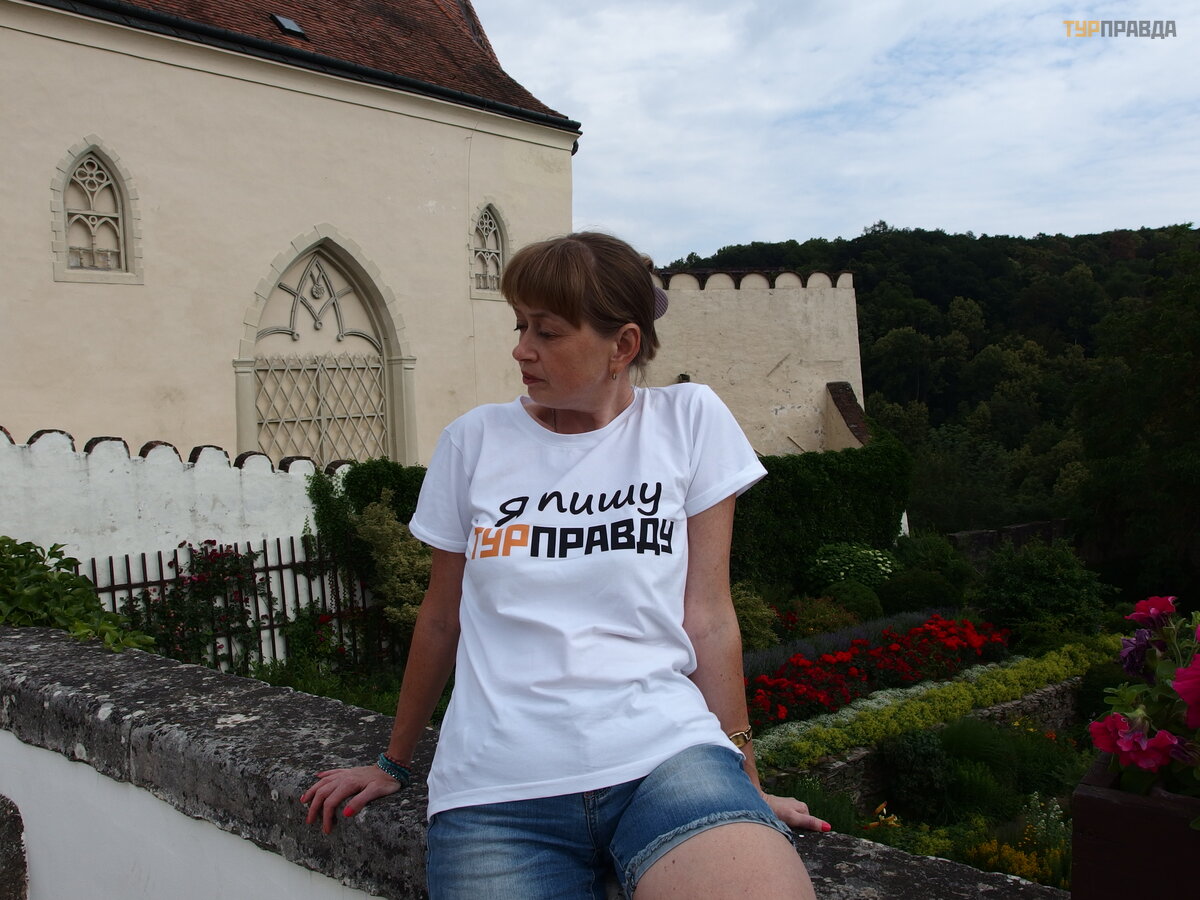 The castle park is made in the form of terraces
The castle park is made in the form of terraces
Further on, our path passed by the castle of Zornstein (Cornstejn) to the castle of Bitov. By, because the castle is destroyed. We only stopped to take a couple of photos, and read the history of the castle, and admire the beautiful views.
Bytov Castle met us with closed gates.
We did not take into account that the opening time is until 17. It's a shame, it's summer, it's still light, and everything is closed.
We hoped that it would be possible to just take a walk in the courtyard of the castle, but alas, the "assault" of the castle failed, and by the way, not only us : ) The Swedes could not take Bitov in the Thirty Years' War.
And besides the opening hours from 9 to 17. All castles are closed on Mondays. And tomorrow is just Monday. And in the plans we had a beautiful castle Jaromezice nad Rokytnou. The plan had to be changed.
On the way back to Trebitsch, we stopped at Jaromerzyce nad Rokytnou (on the way anyway), so randomly, but suddenly. And we managed to do it even before the closing of the castle park. And the park did not disappoint us. With great pleasure we admired both the castle and the park in the setting sun. We sat on the castle bench and read the history of the castle.
The current appearance of the castle appeared thanks to its owner Jan Adam Questenberg (1678-1752), a great lover of music, painting, sculpture and other fine arts. He traveled extensively in Europe, lived for a long time in Paris, London, The Hague. The splendor and luxury of the French court of Louis XIV made such a strong impression on the young man that he wanted to do something similar in his family estate. For this, the famous Viennese architect Jakub Prandtauer was invited. The grandiose construction lasted 37 years. An interesting fact: Jan Adam often communicated with J. S. Bach and even helped him in adapting the oratorio for the chapel of his castle. In the castle's musical theater, this work was successfully performed throughout the year.
And back to Trebitsch. We lived on this street.
Continuation: Part 2 https://www.turpravda.com/cz/blog-327067.html
